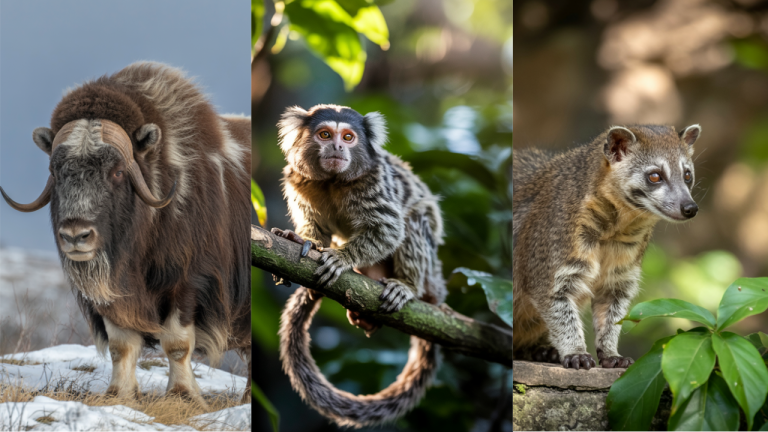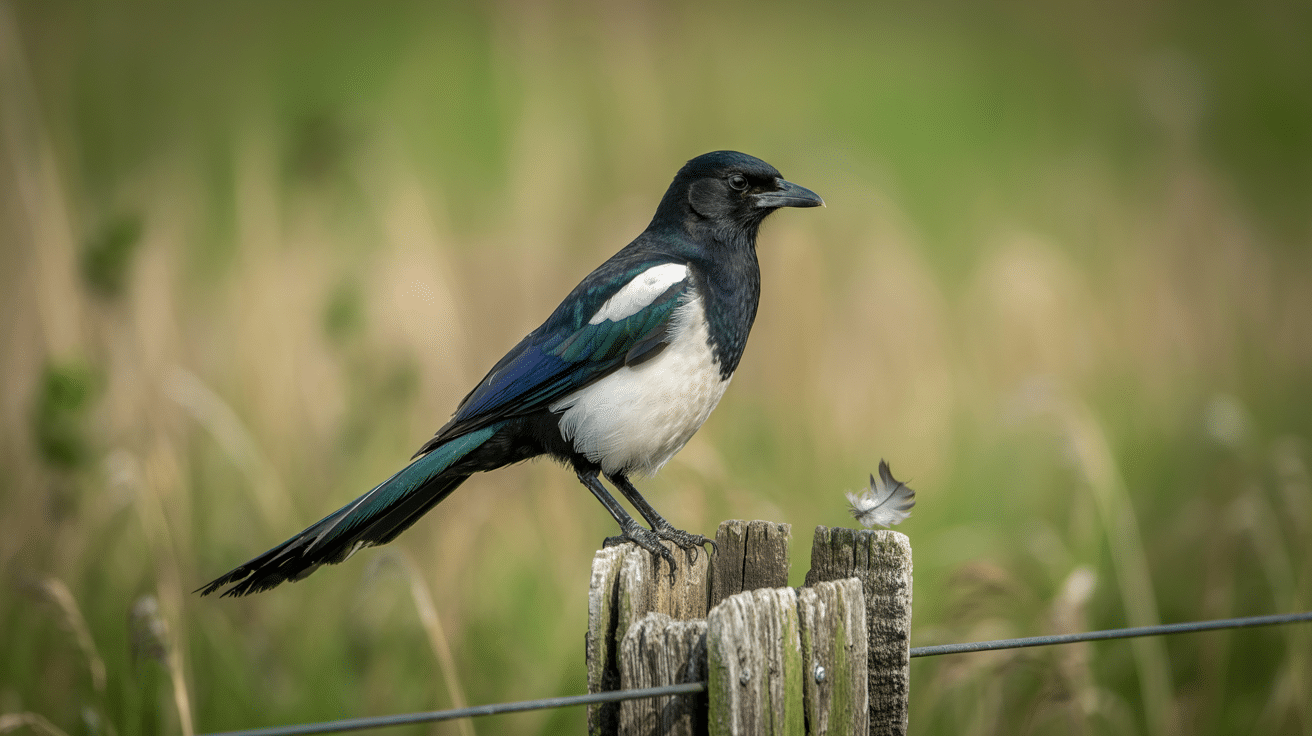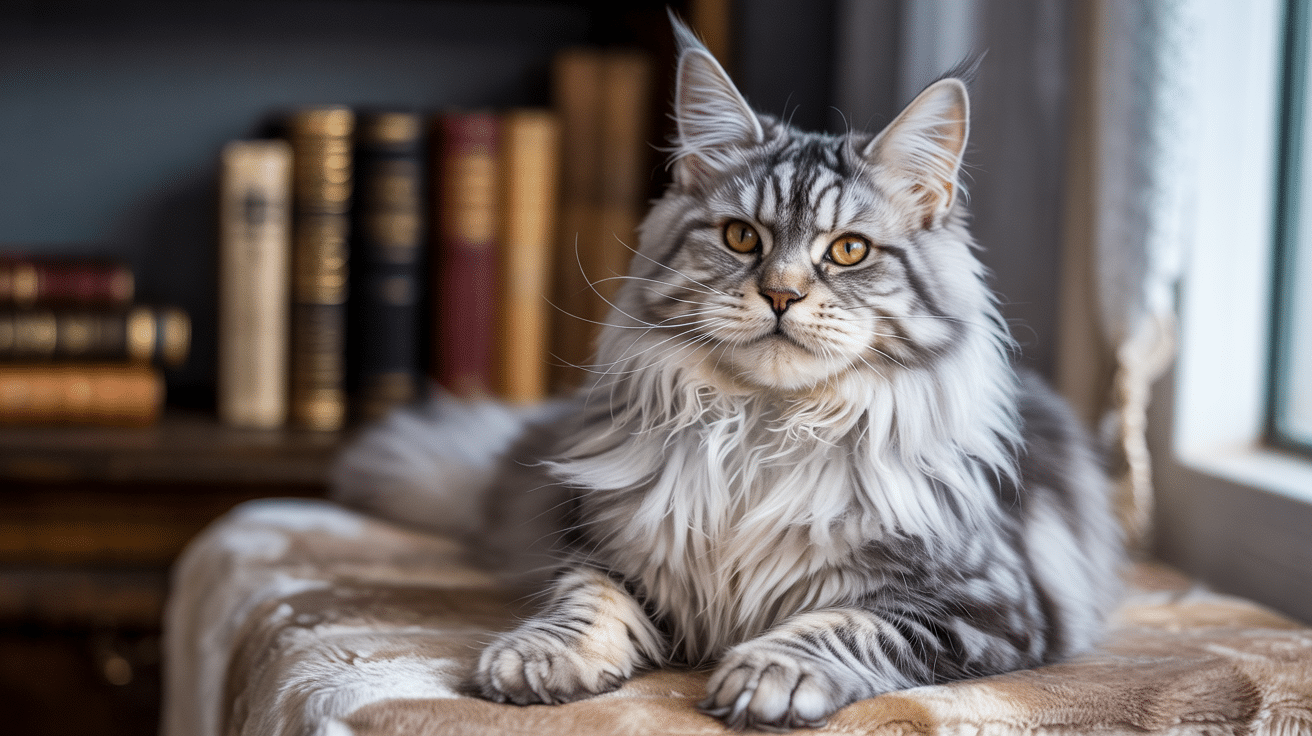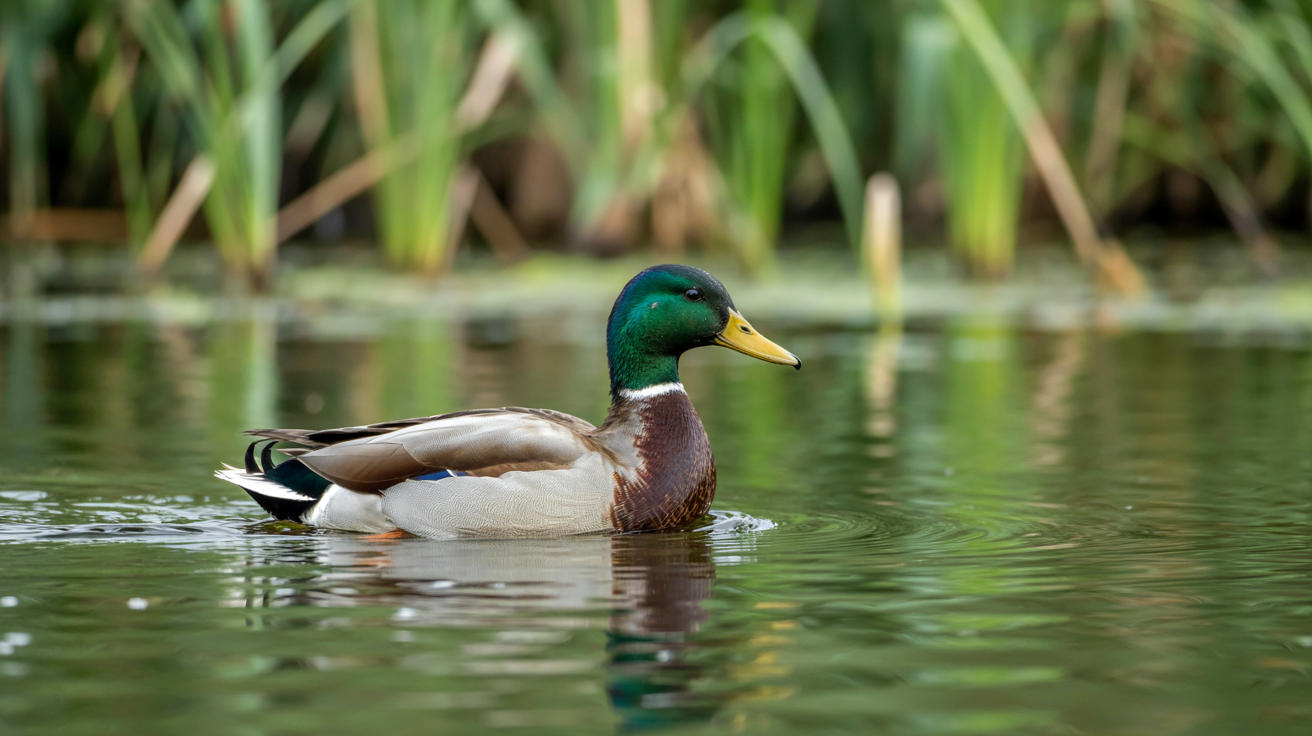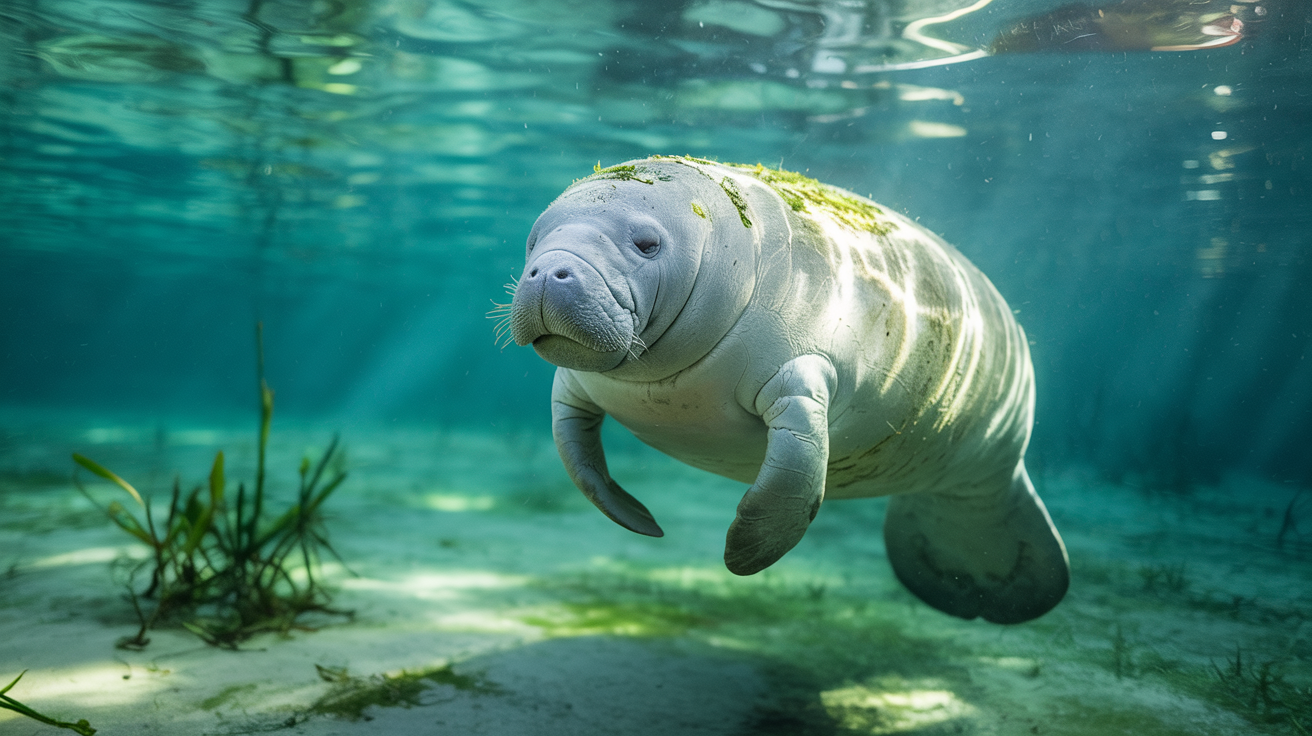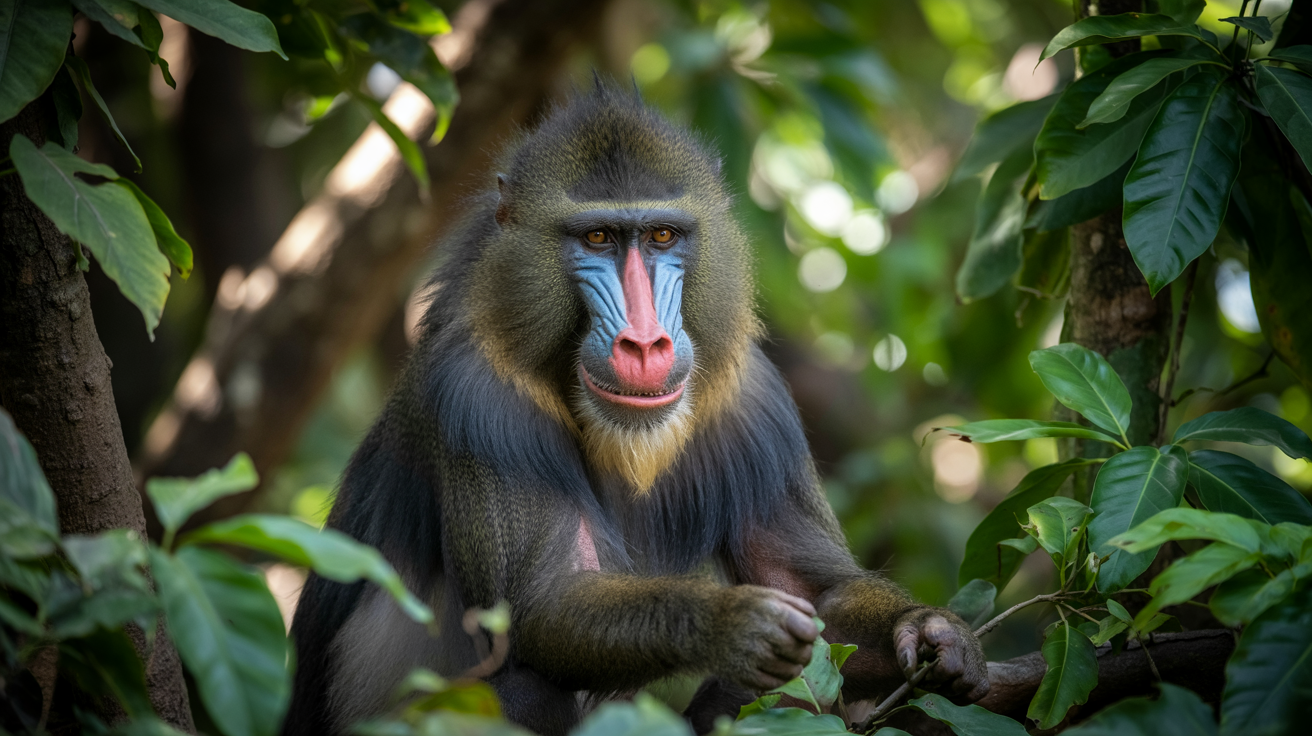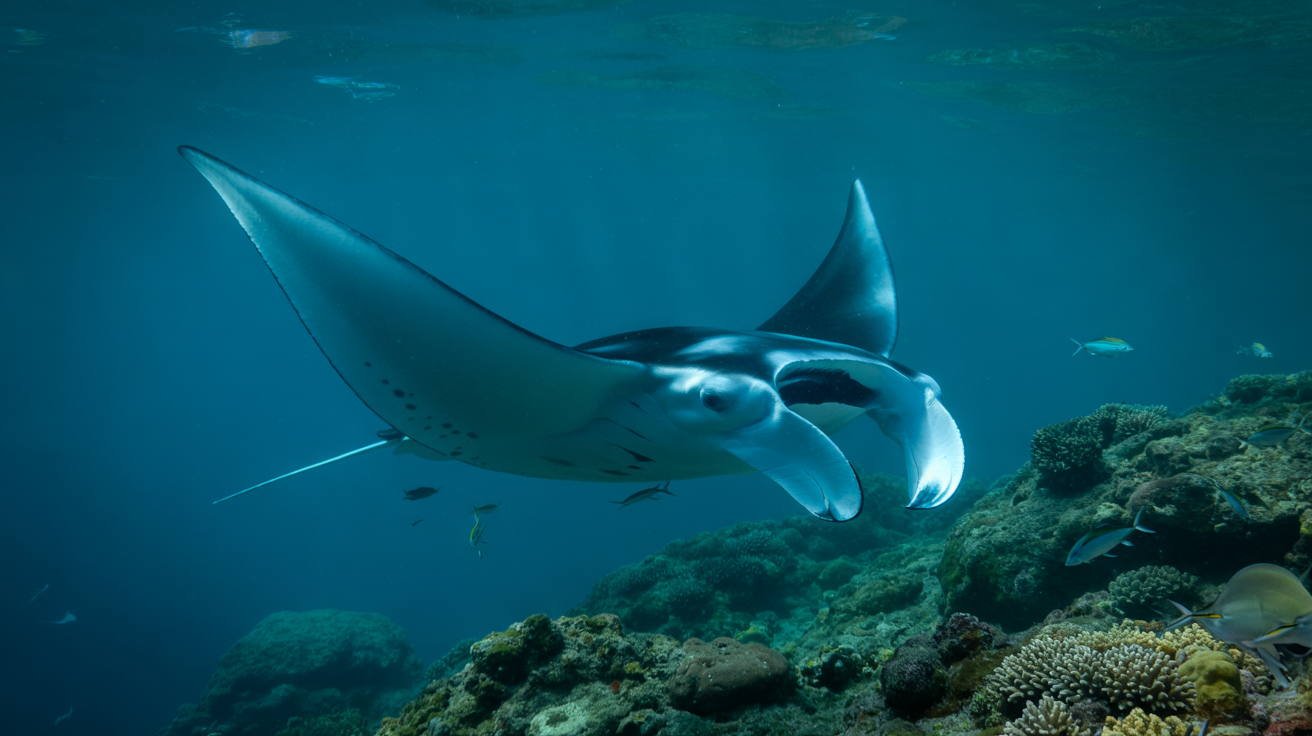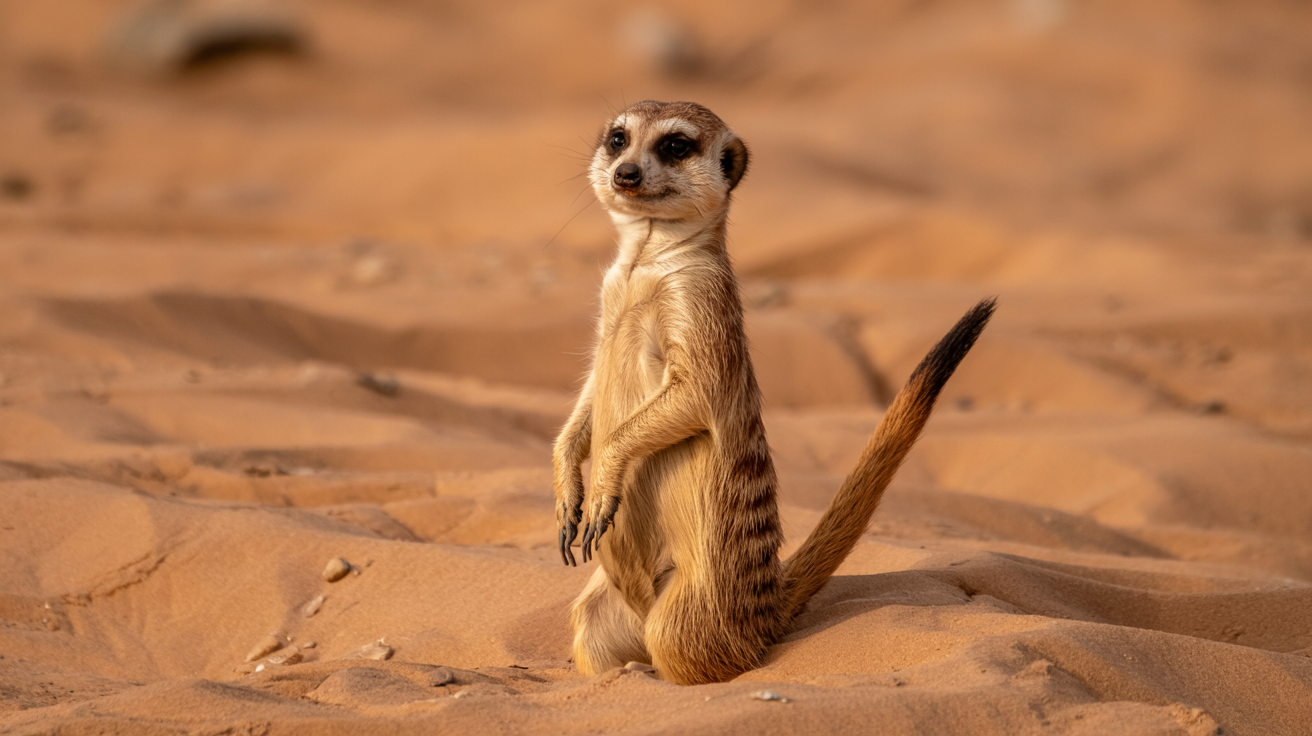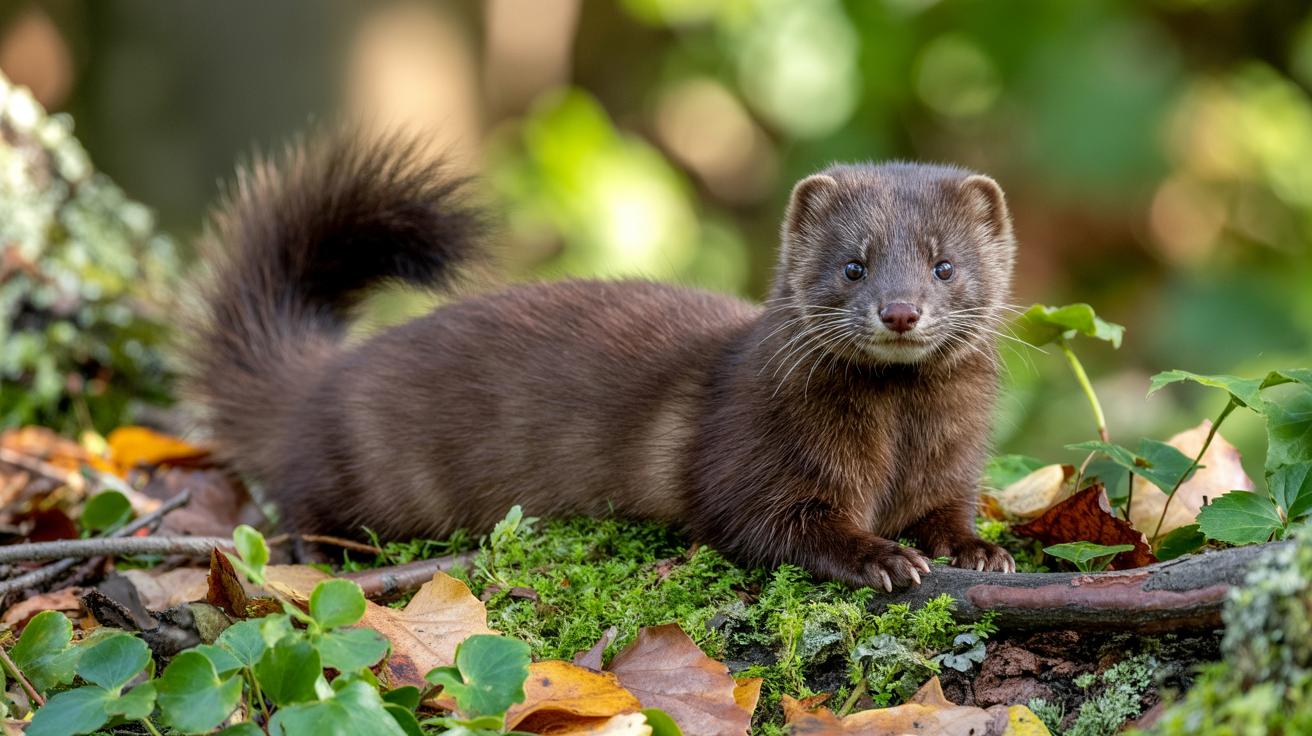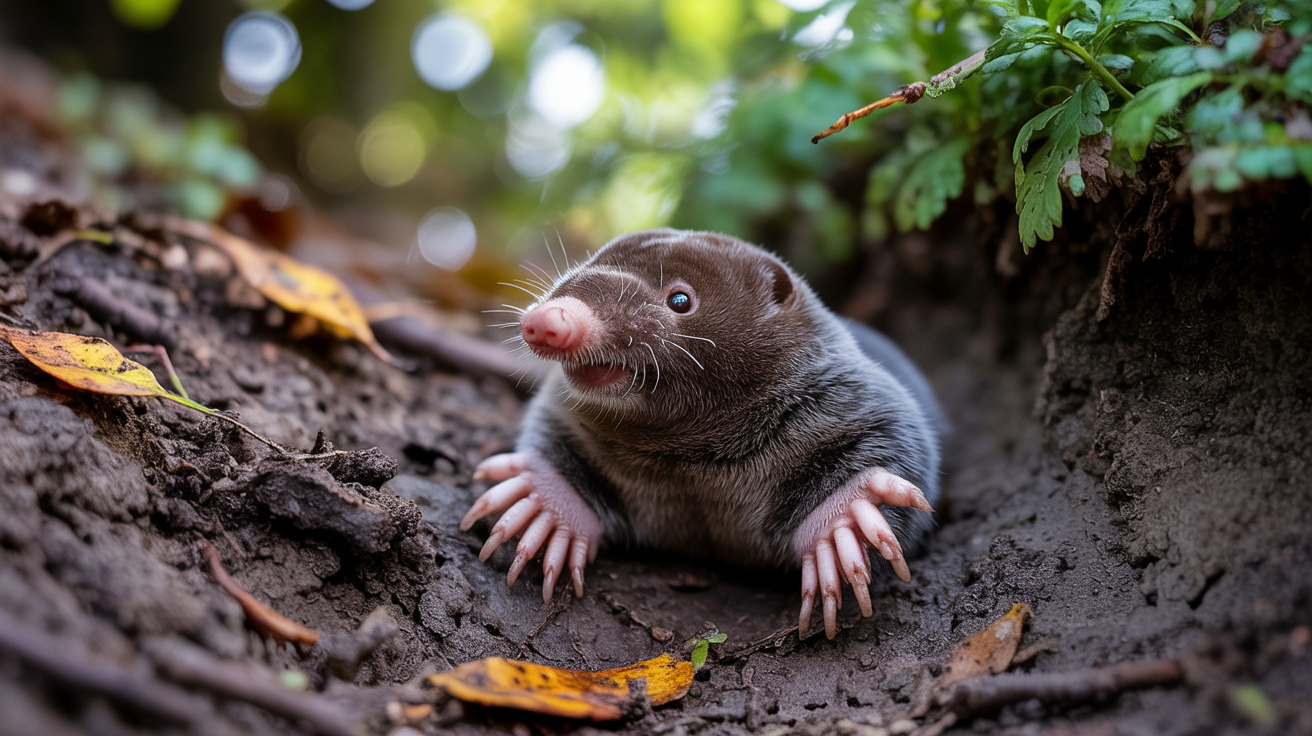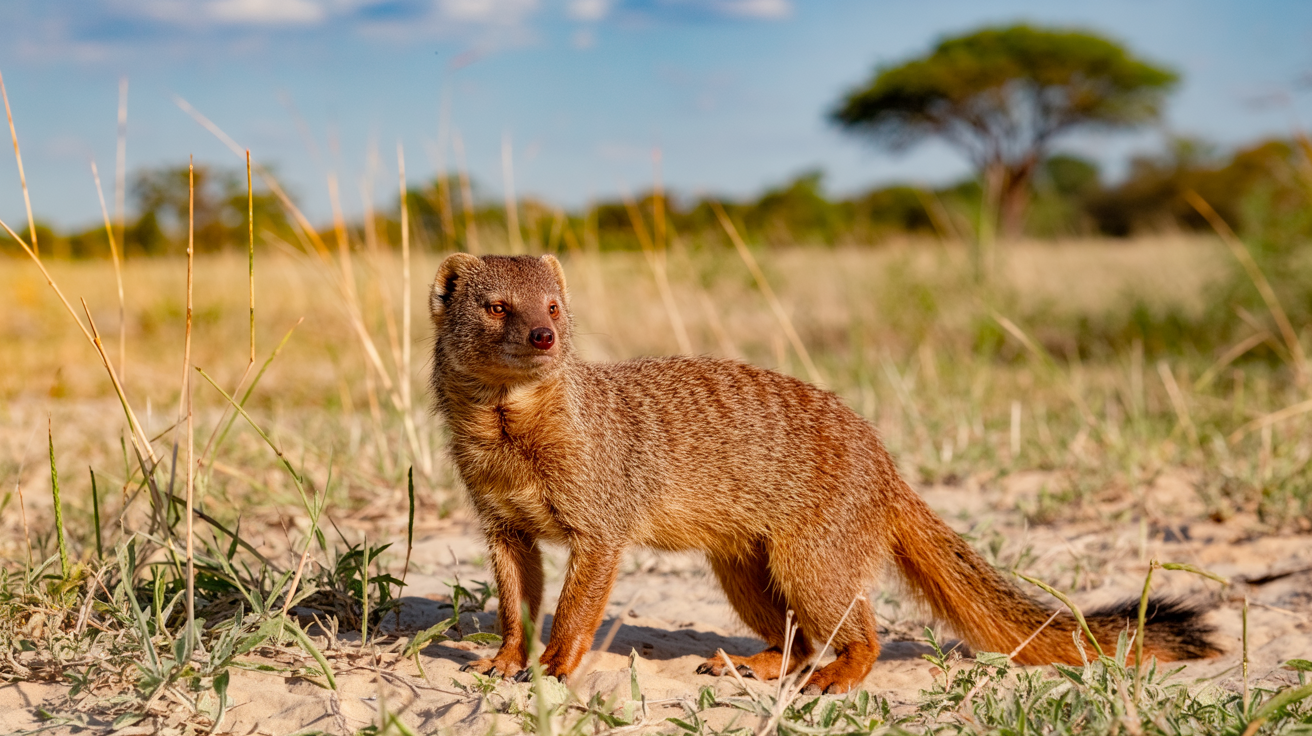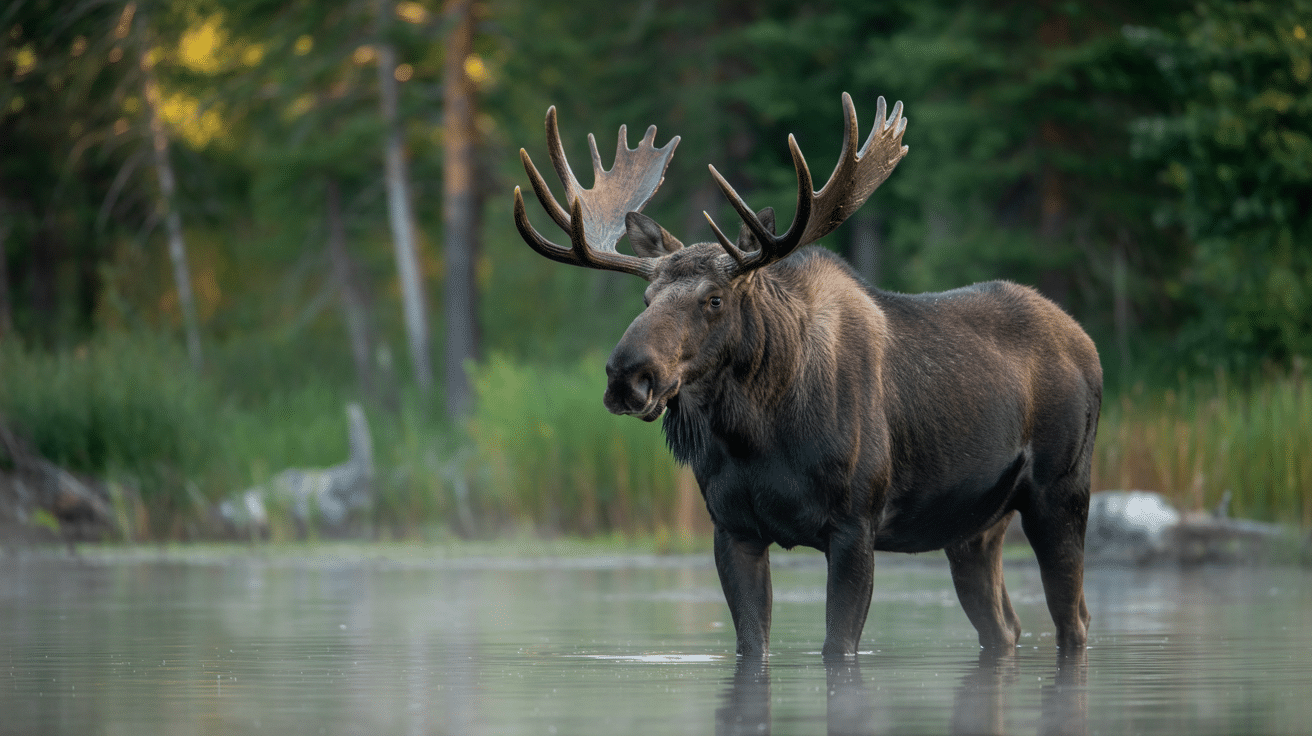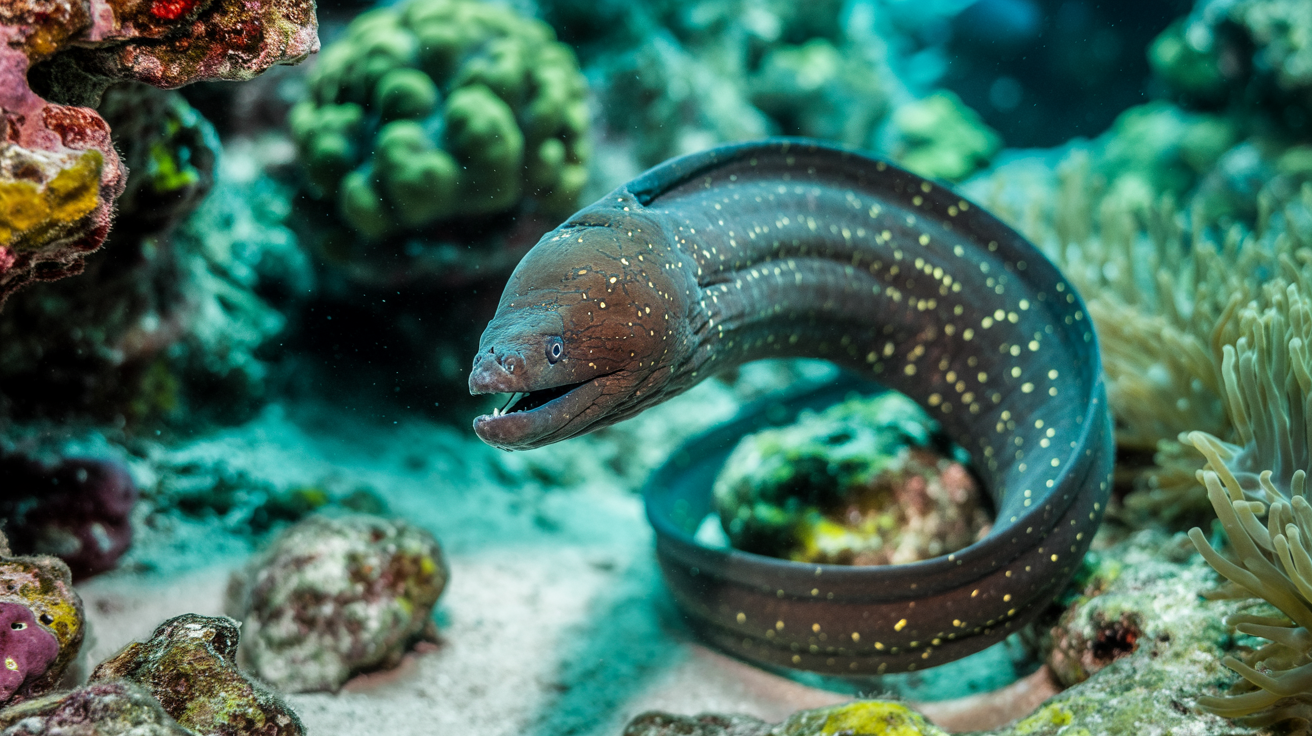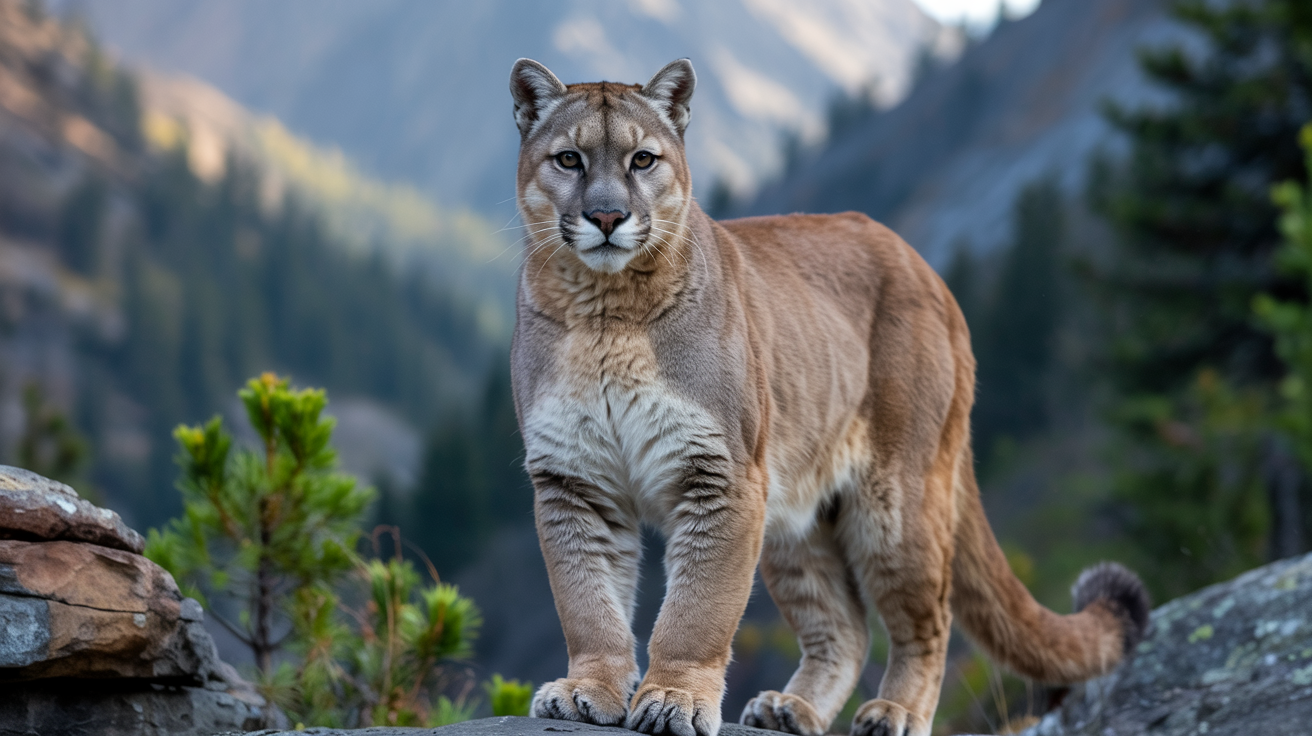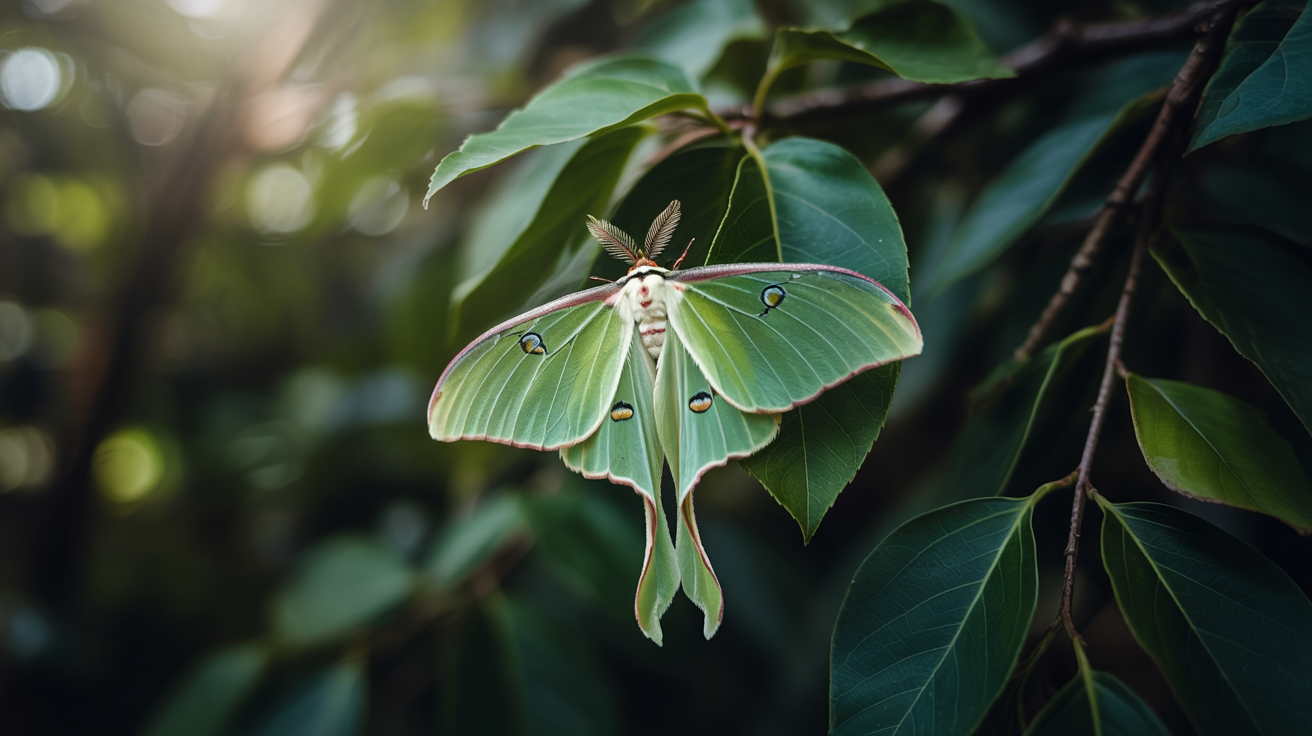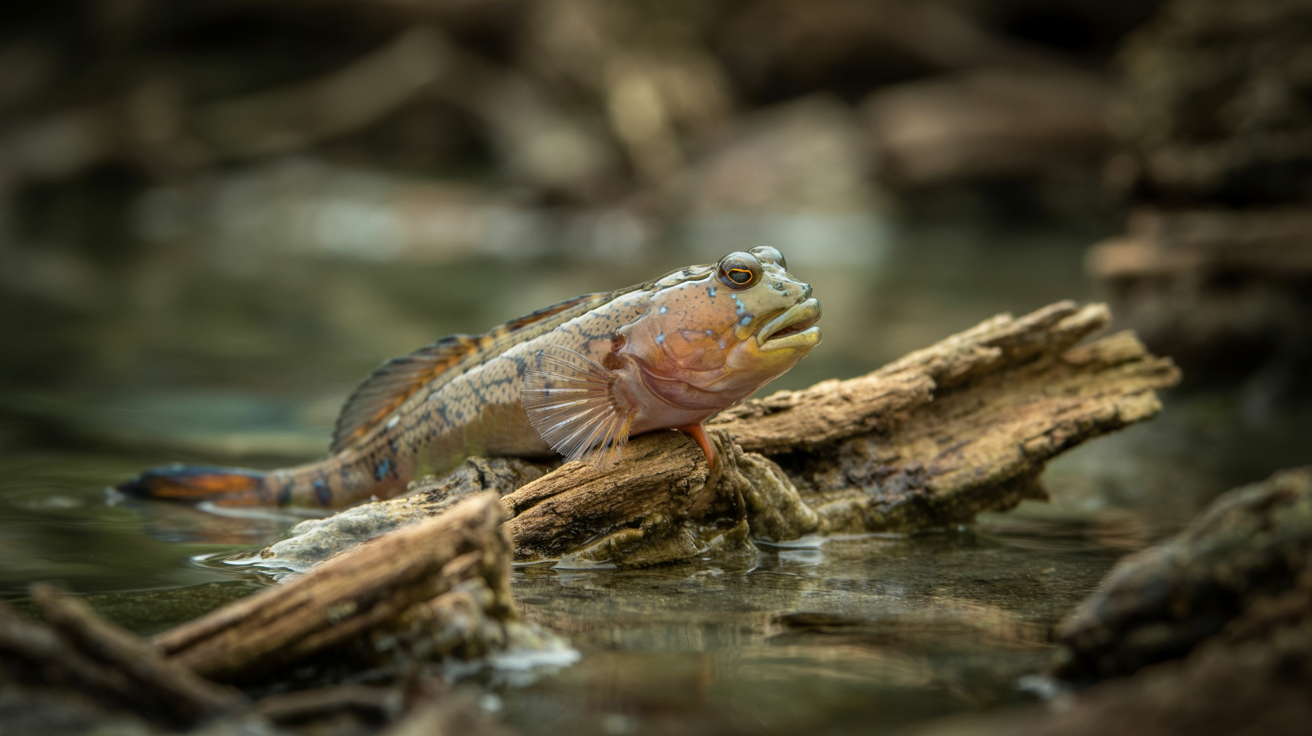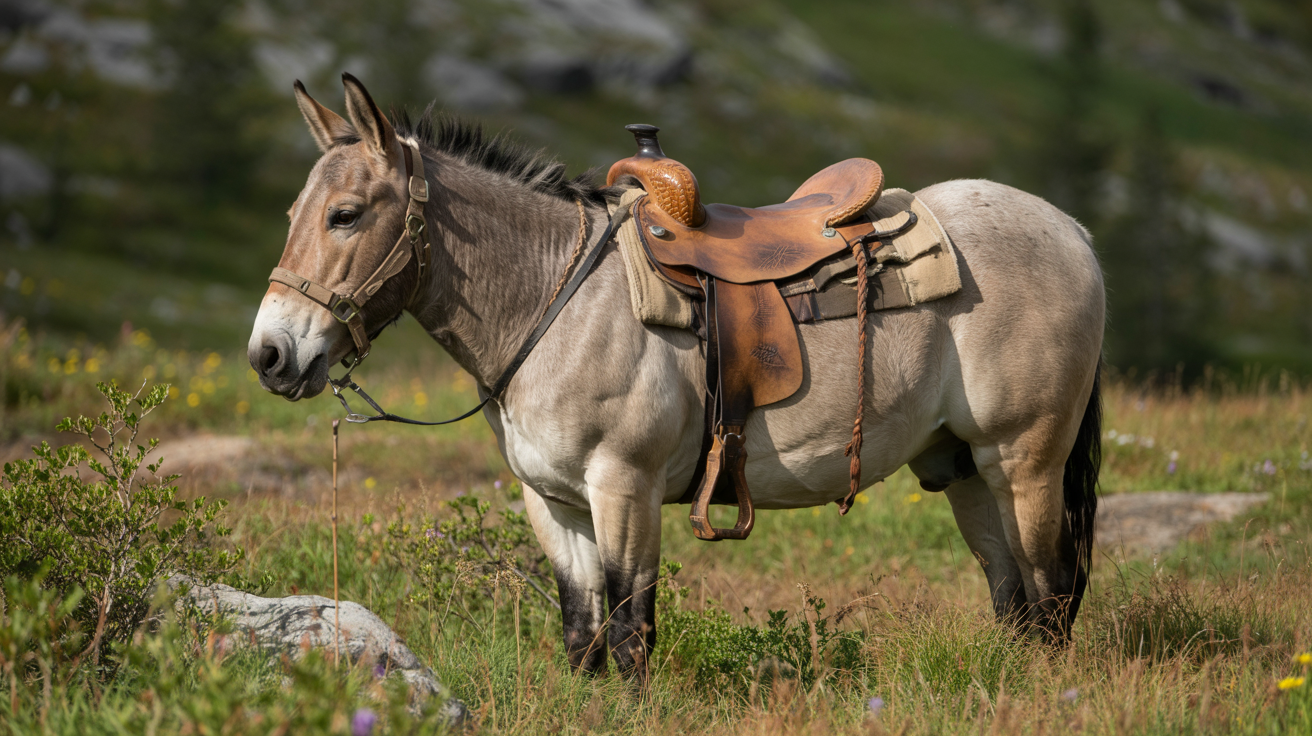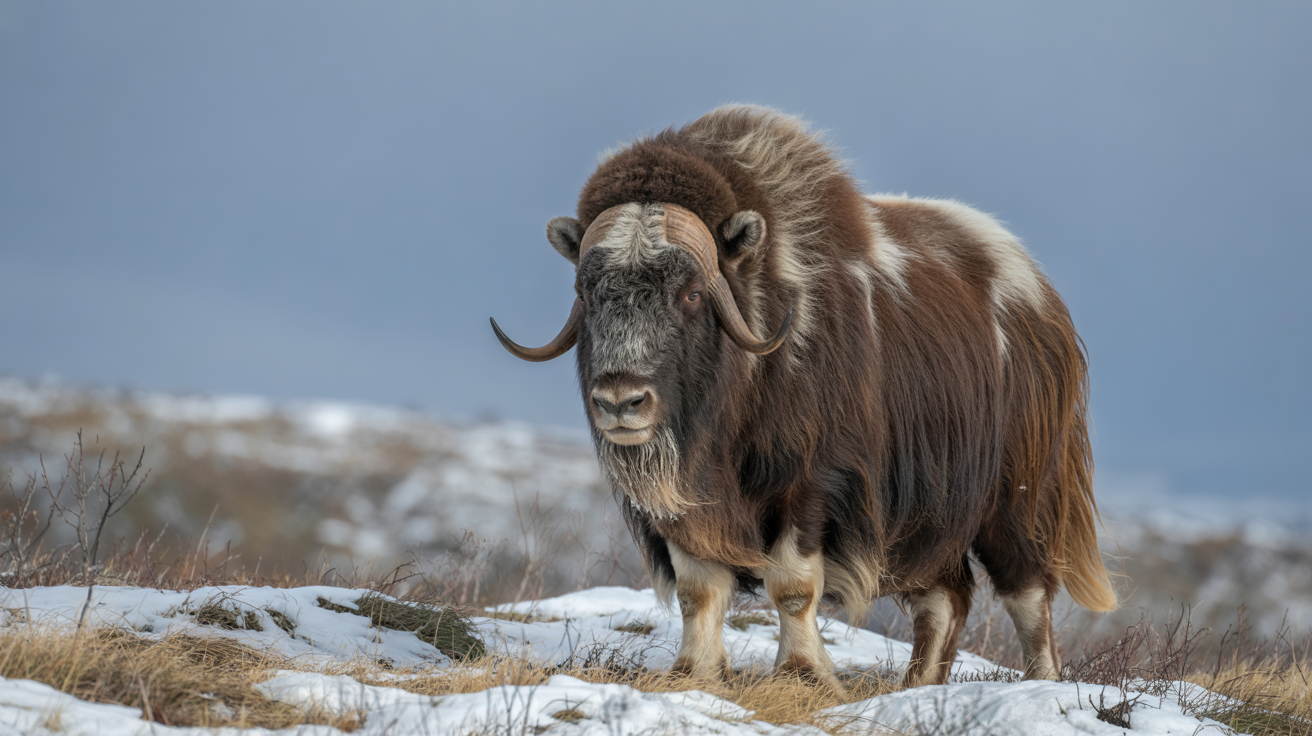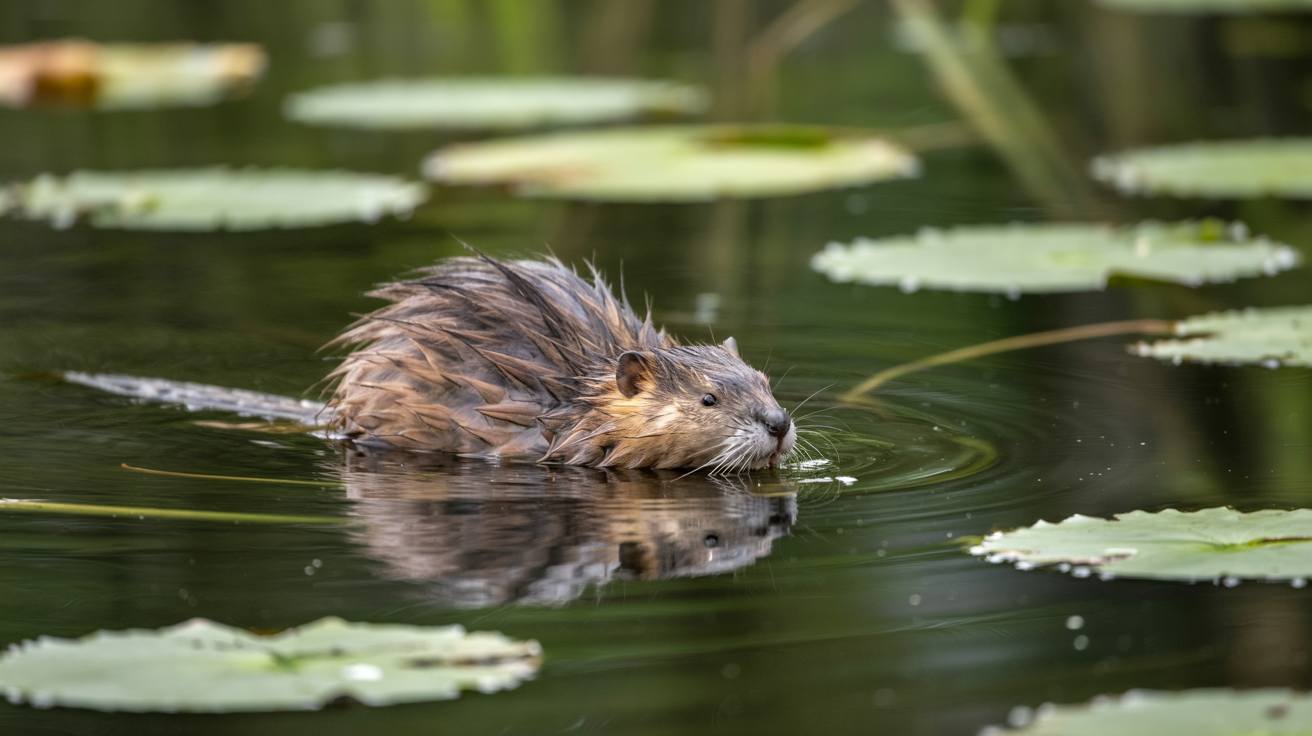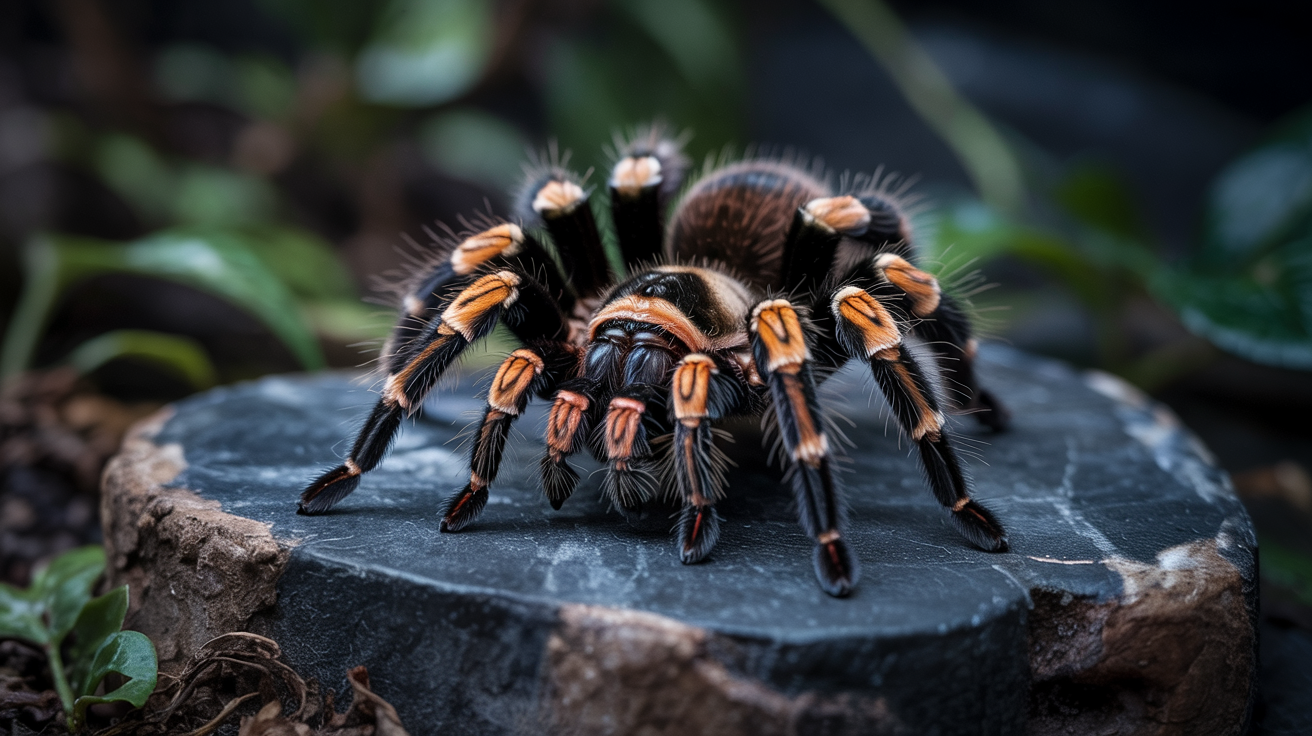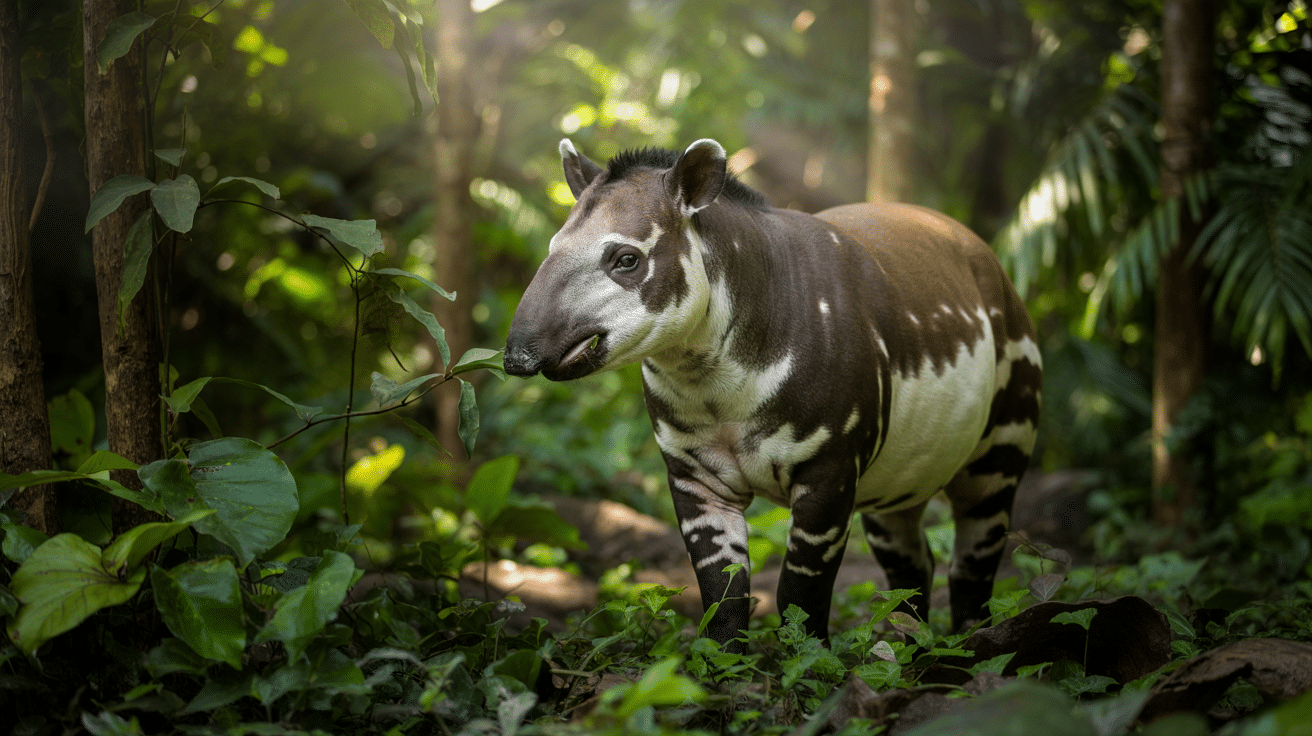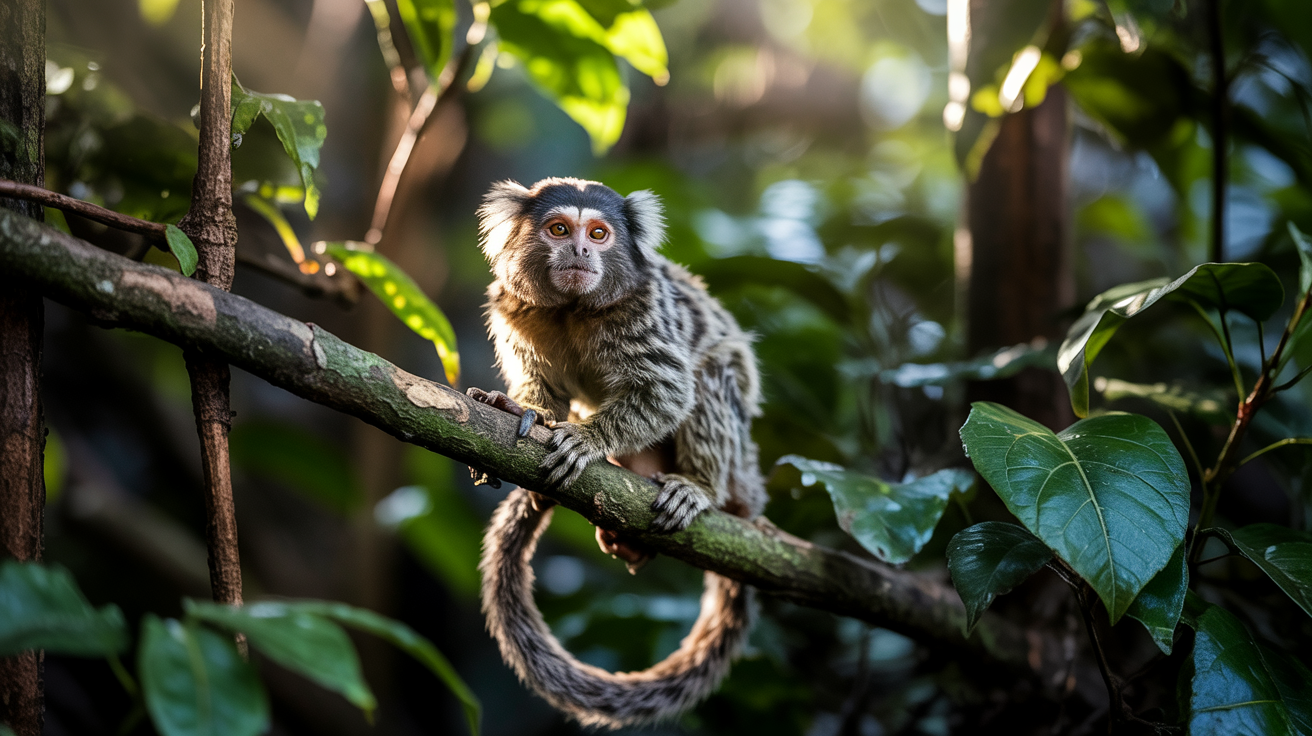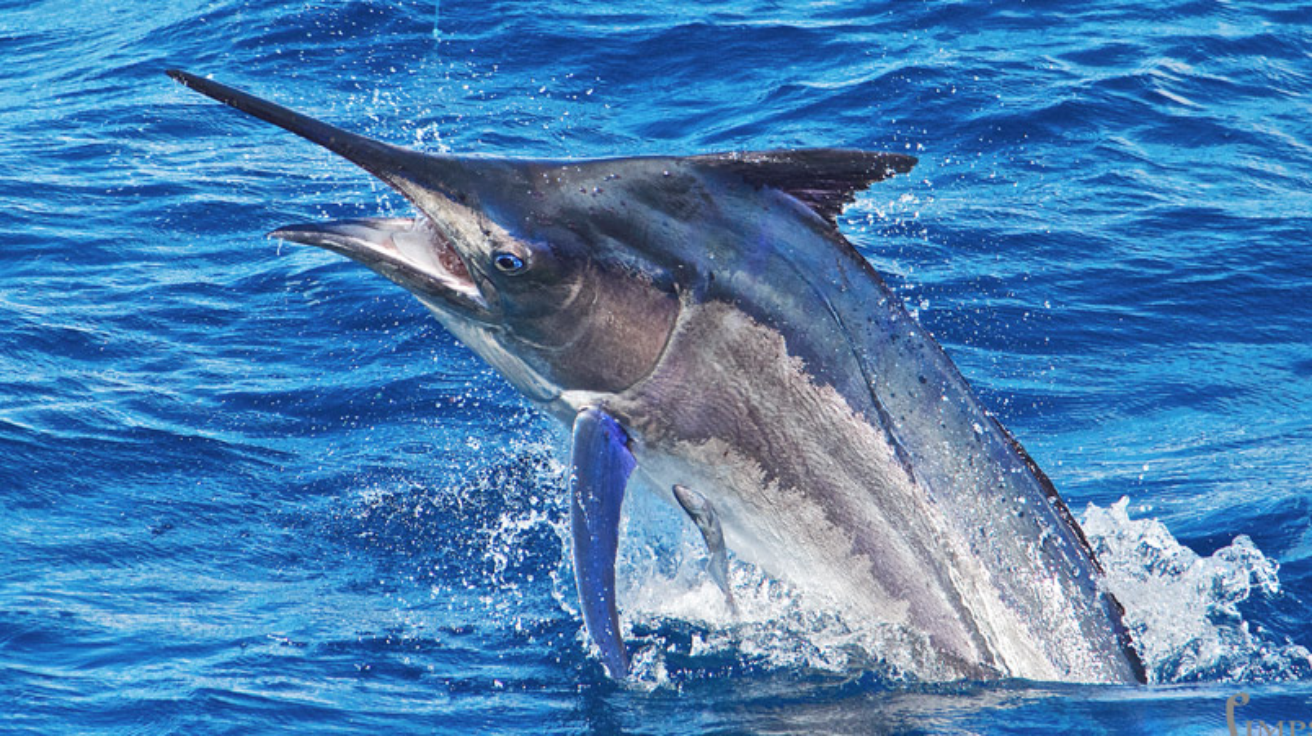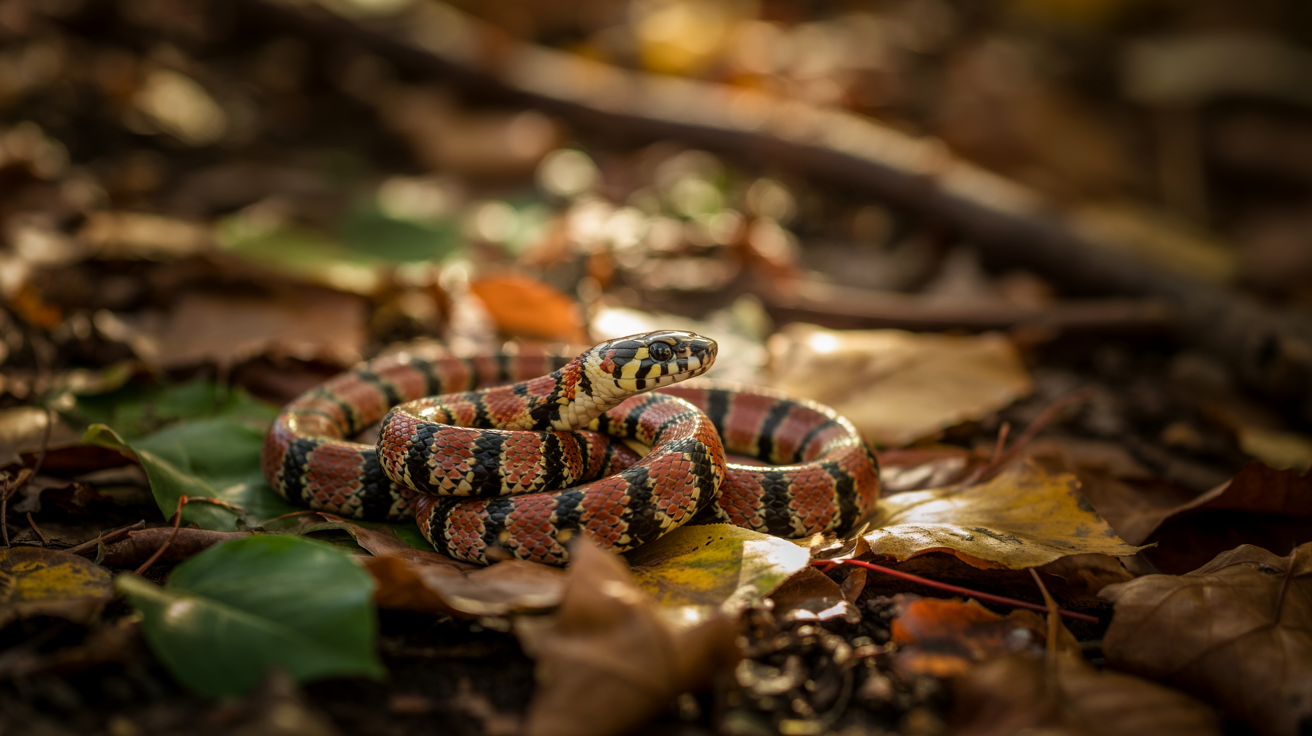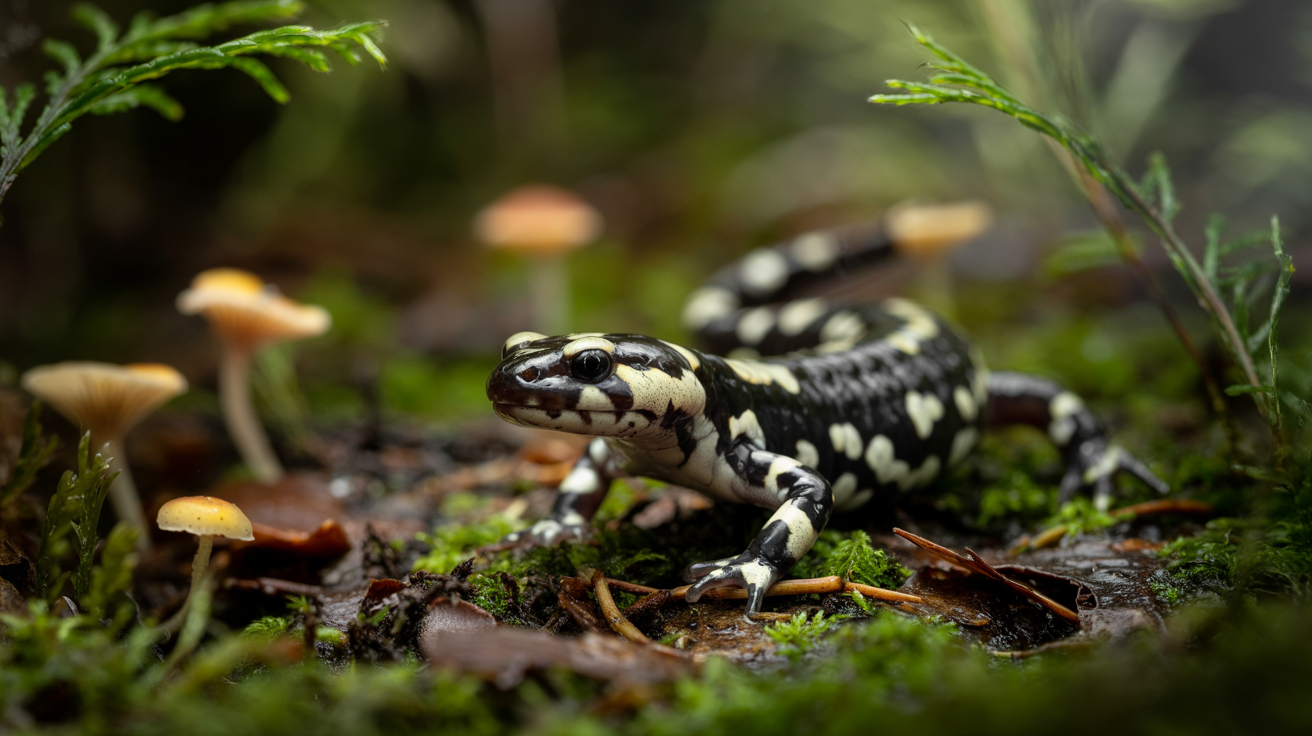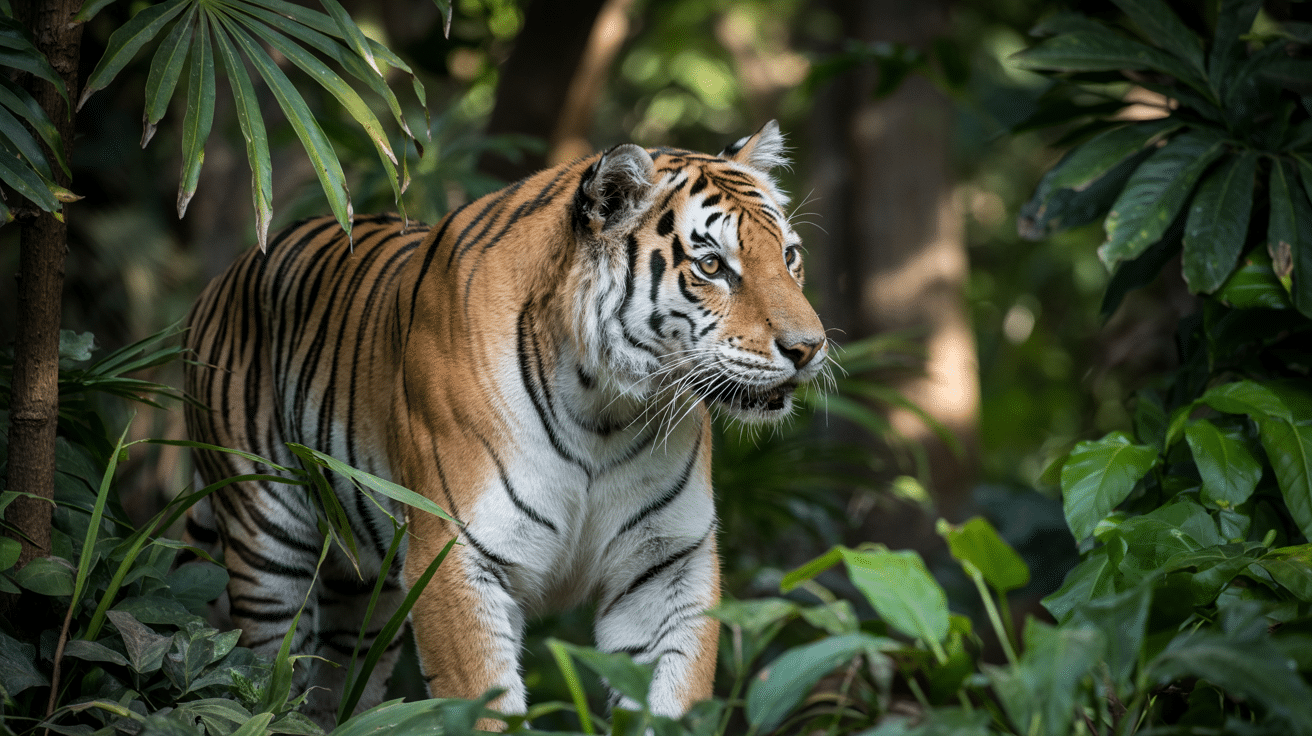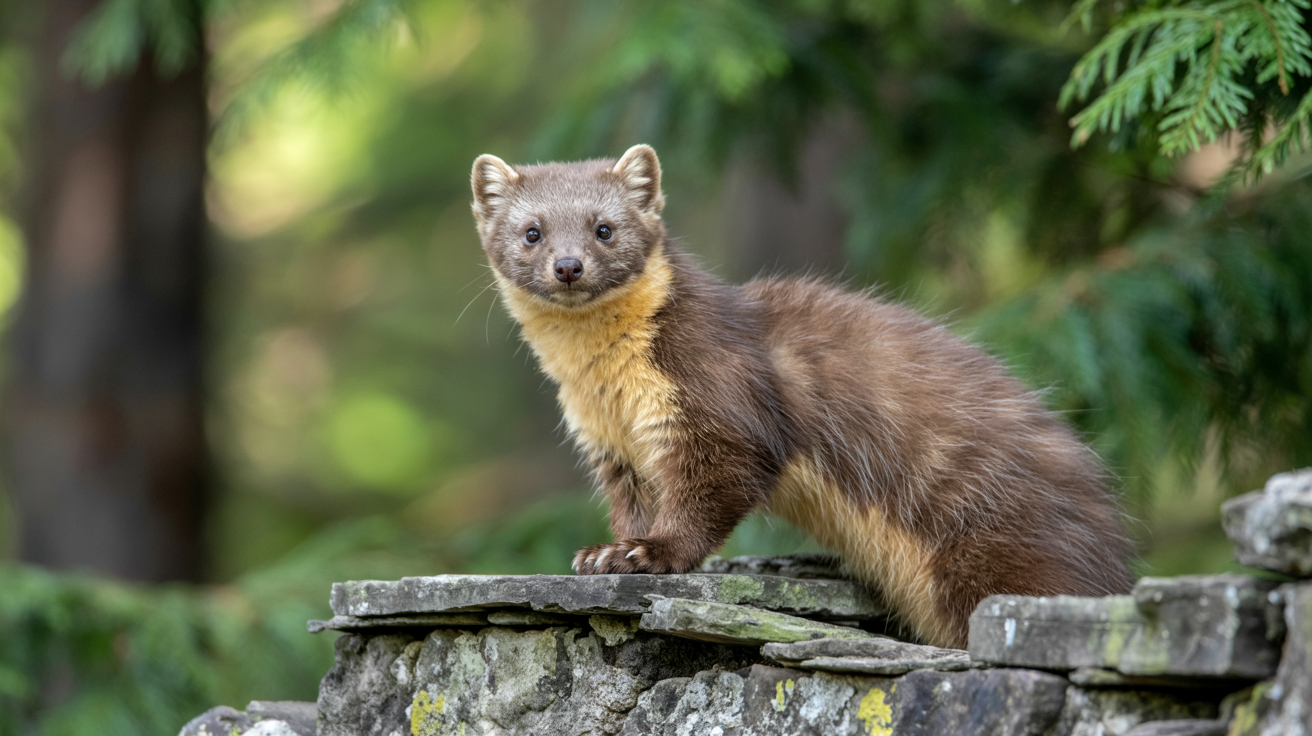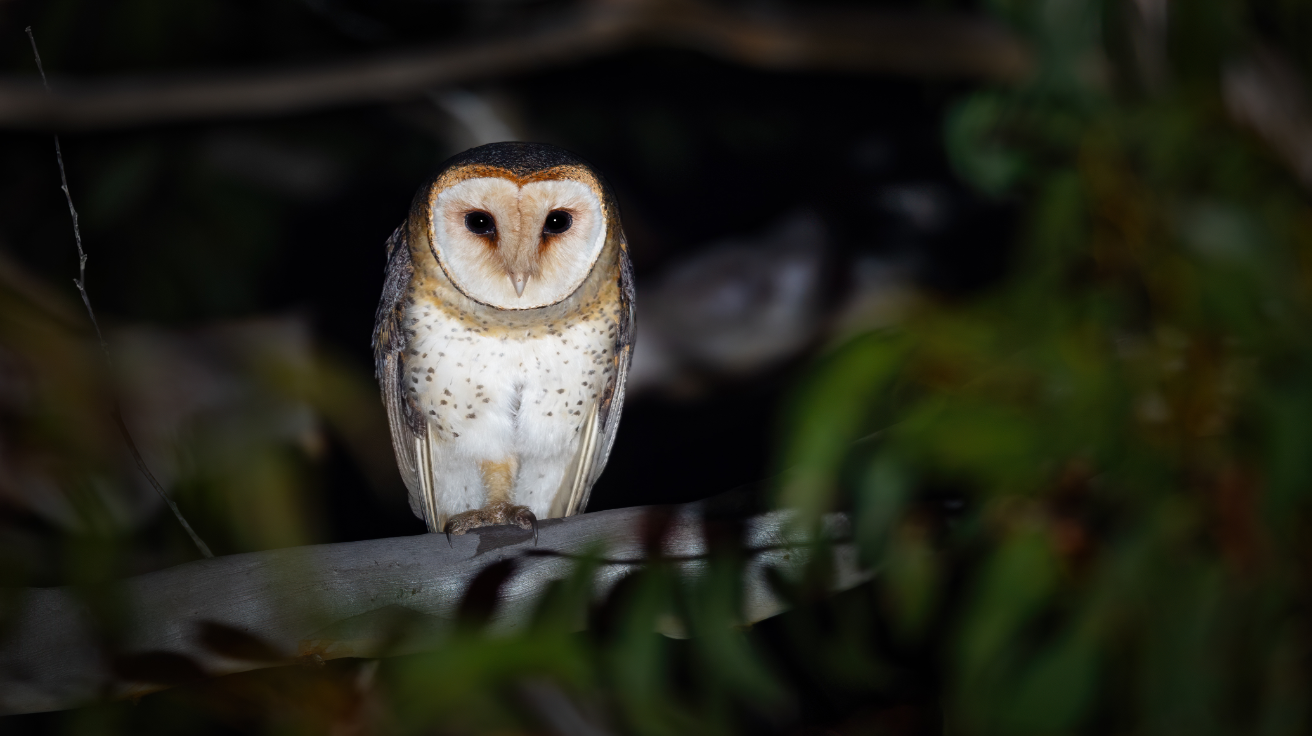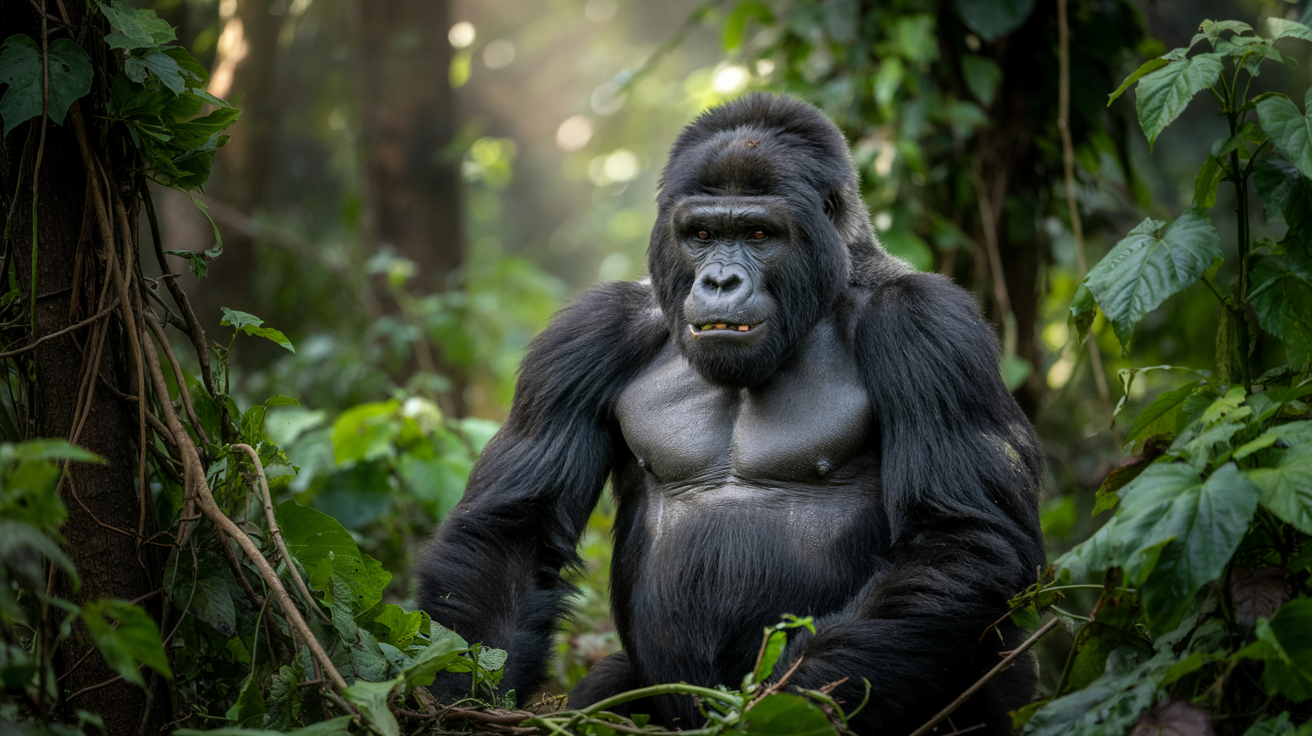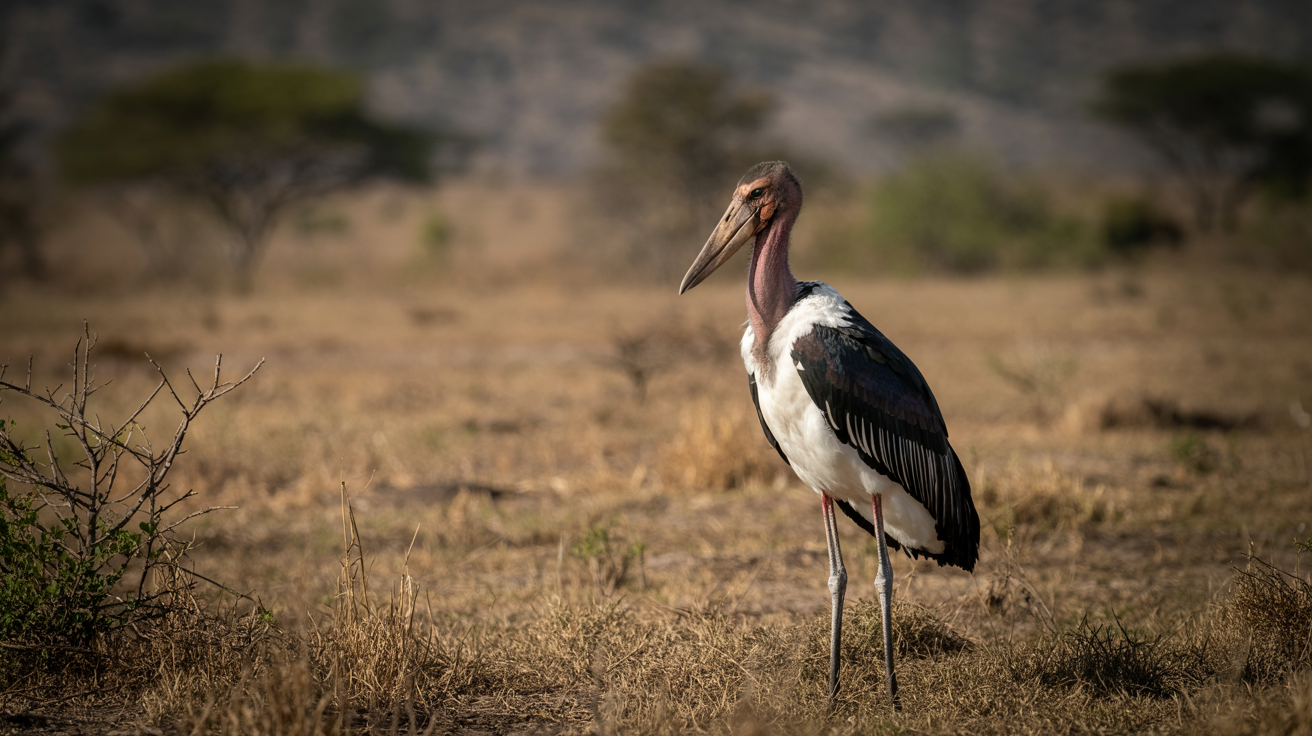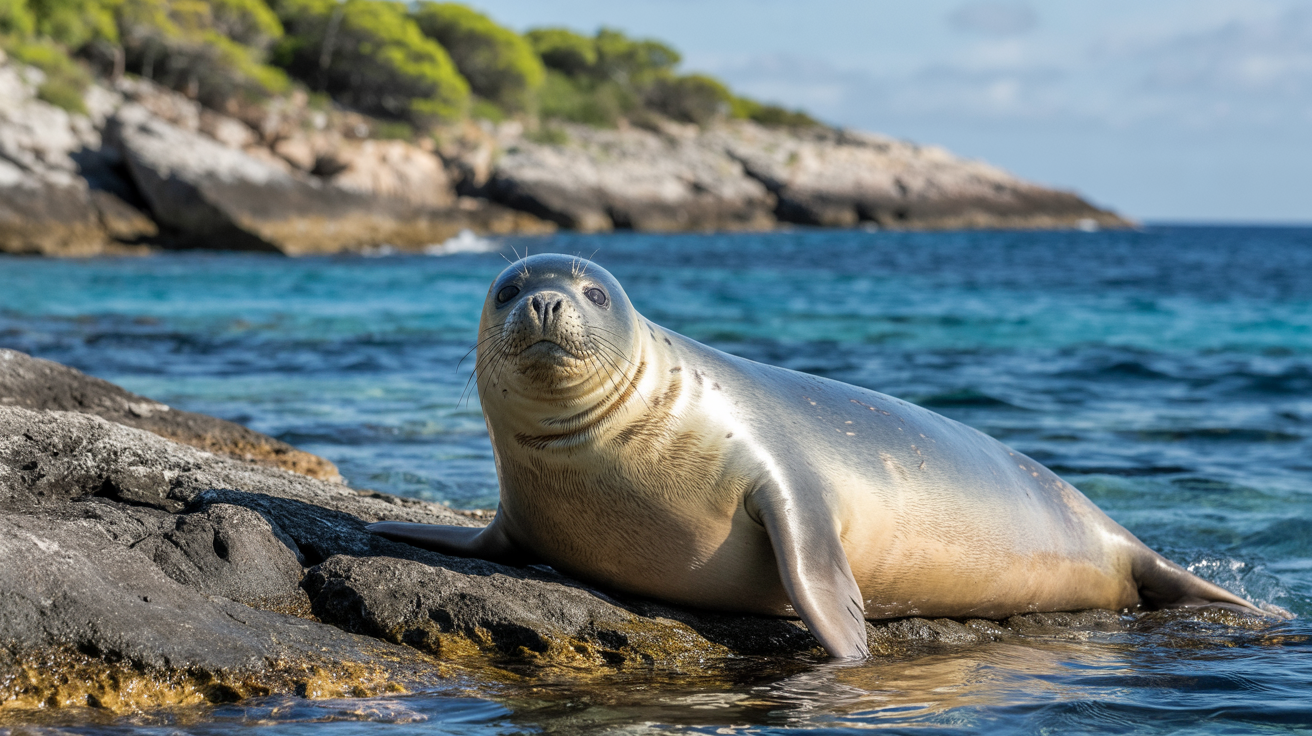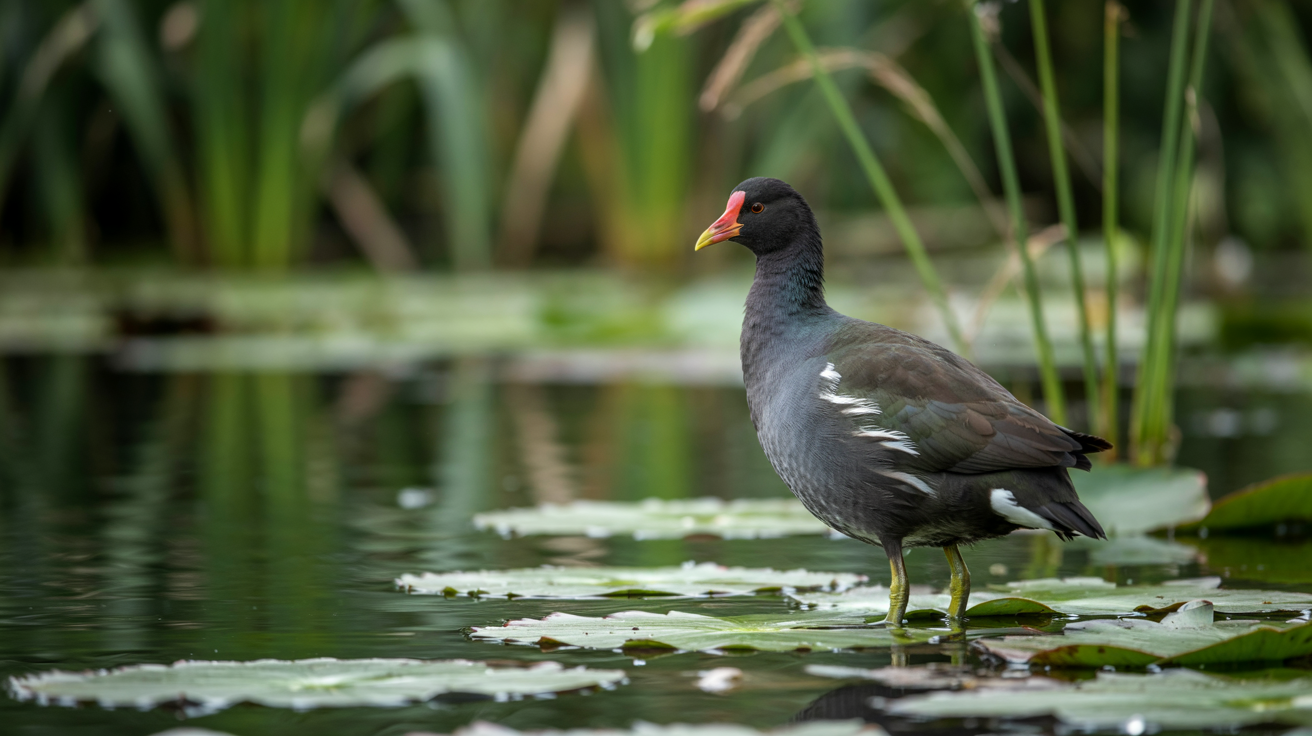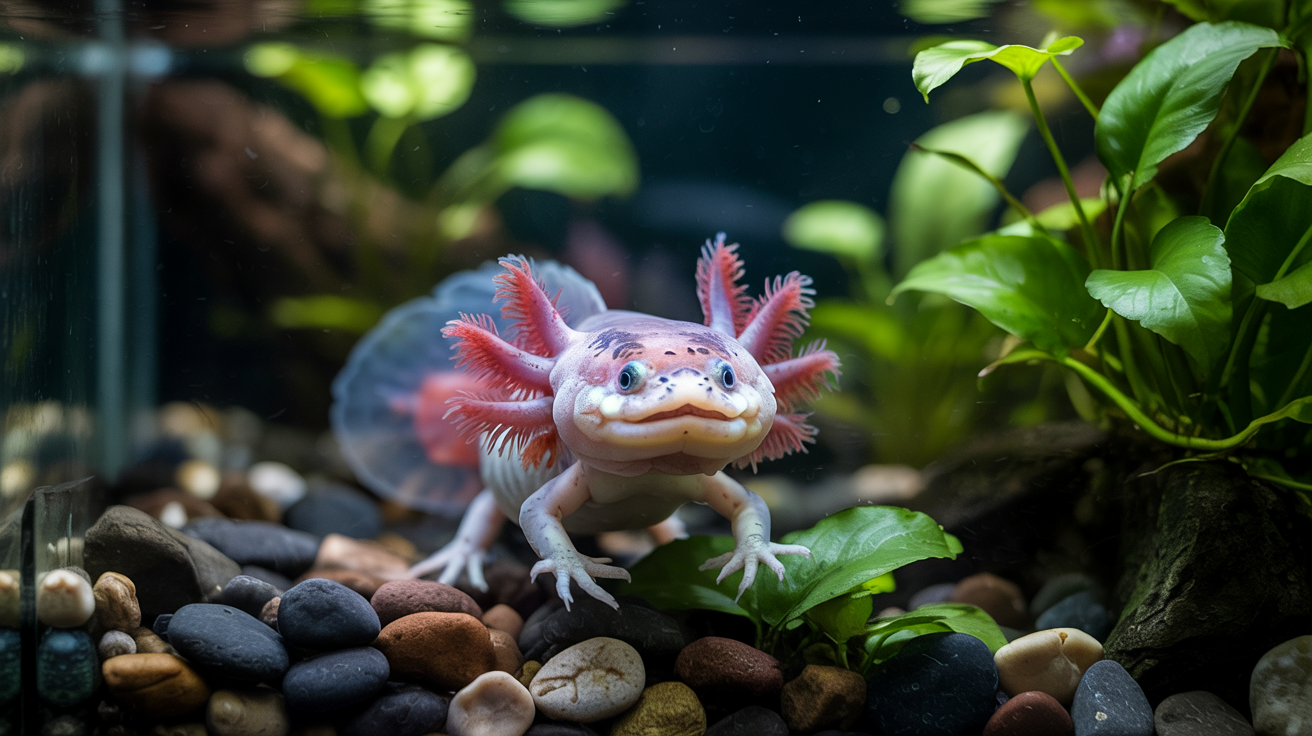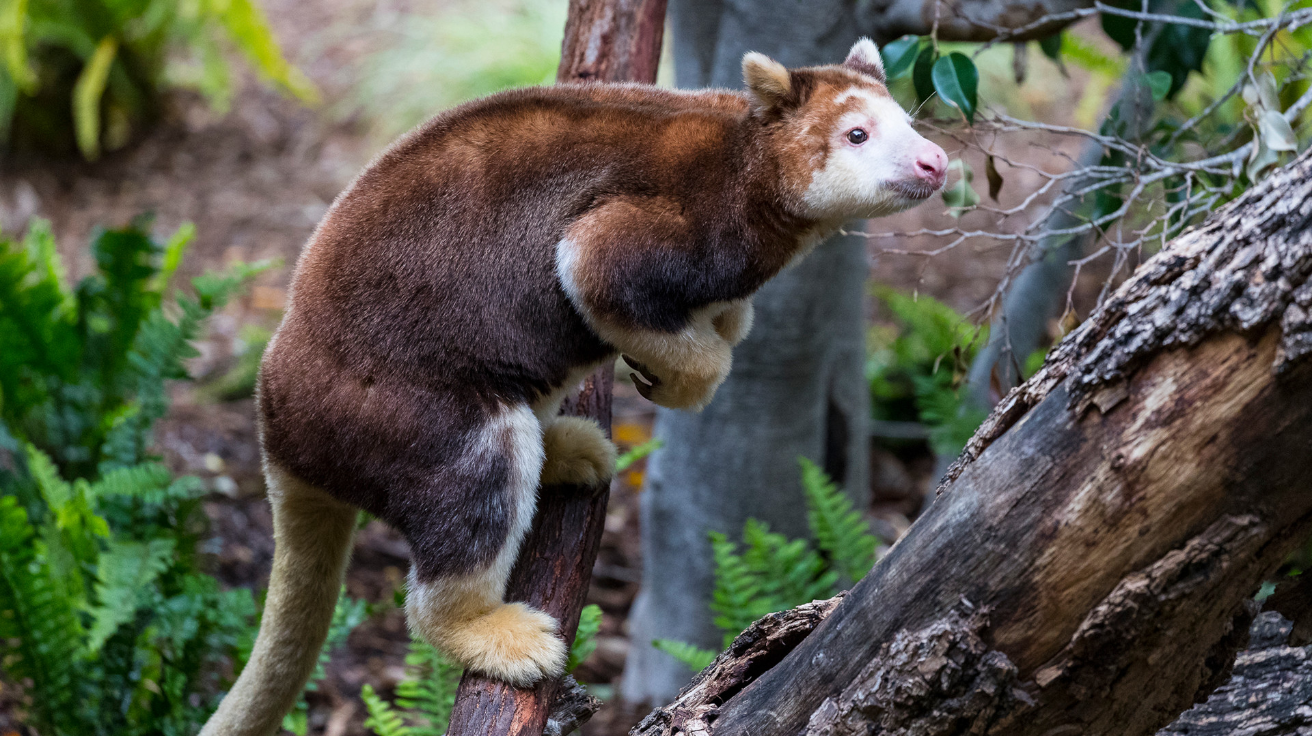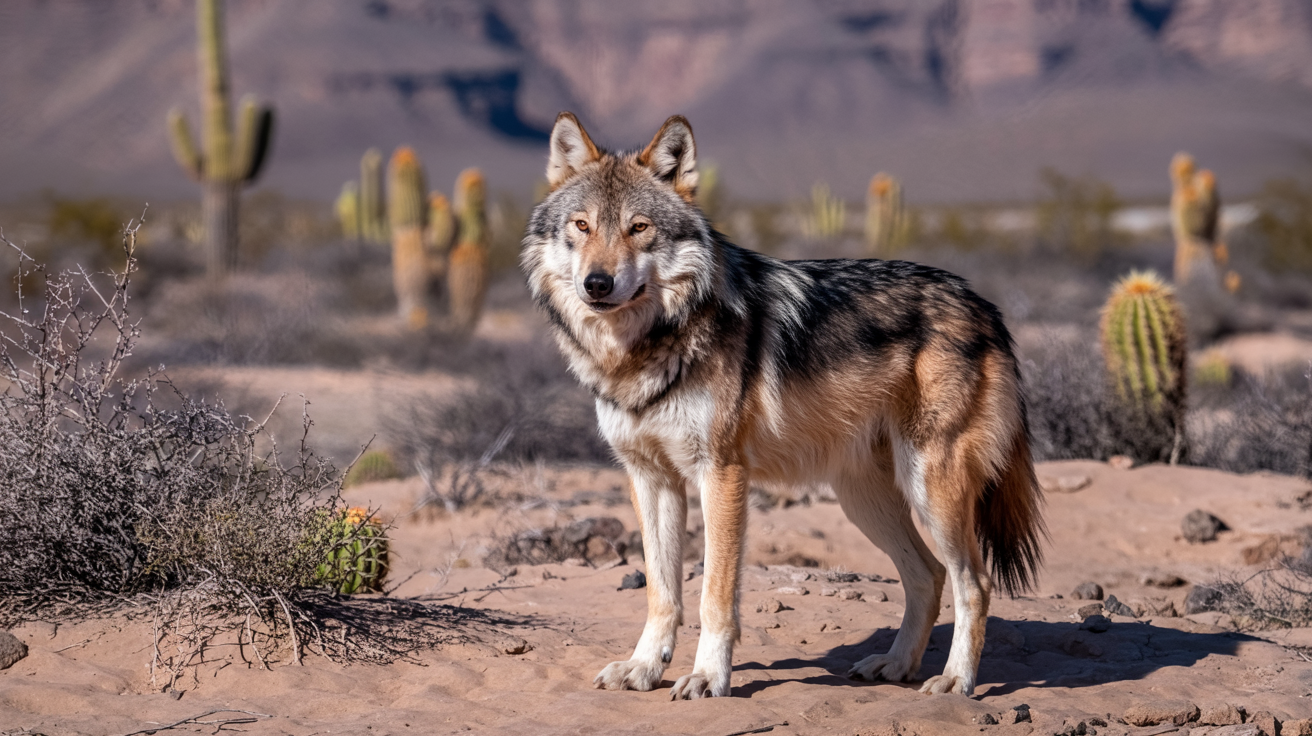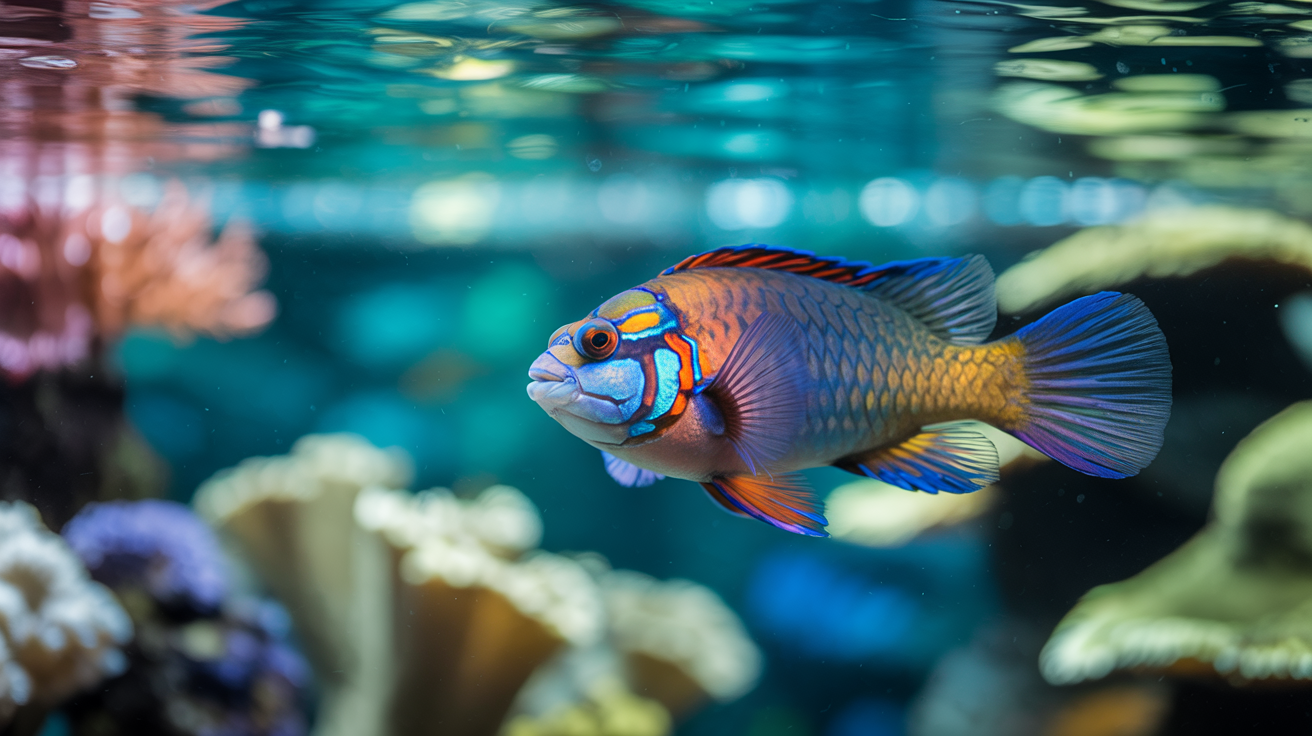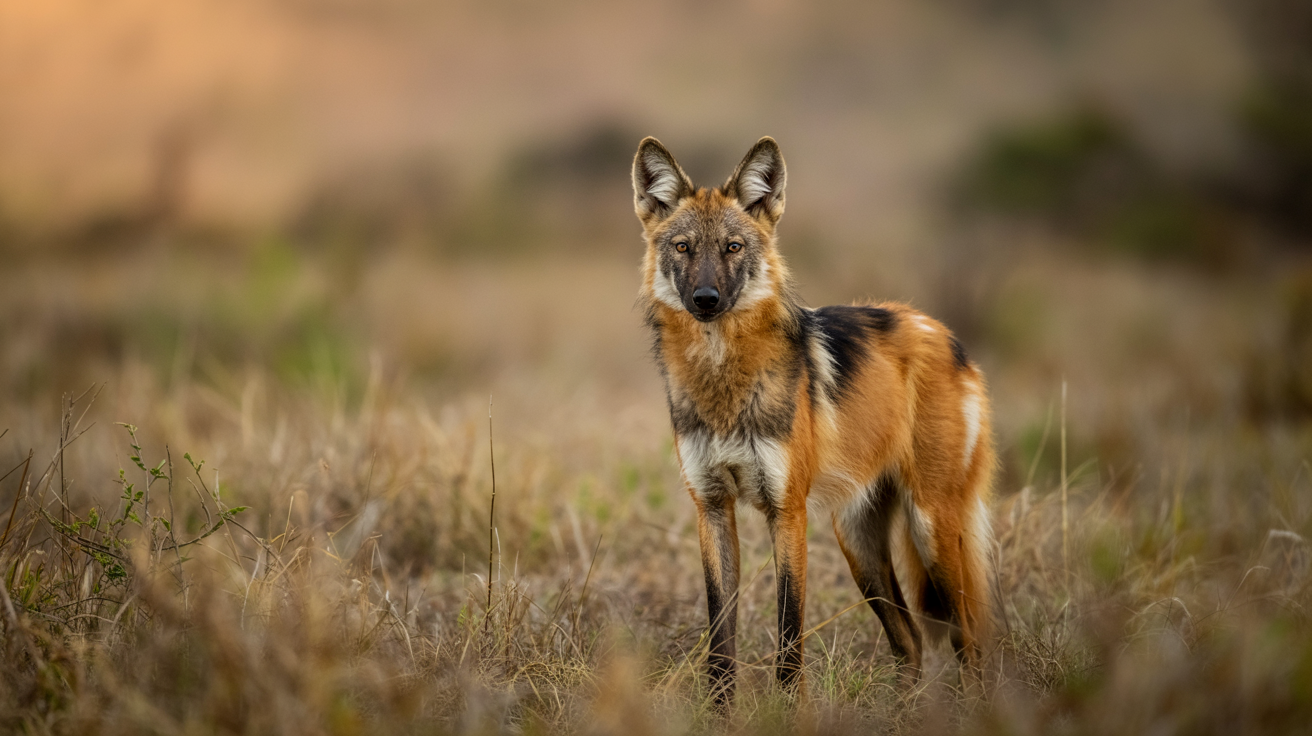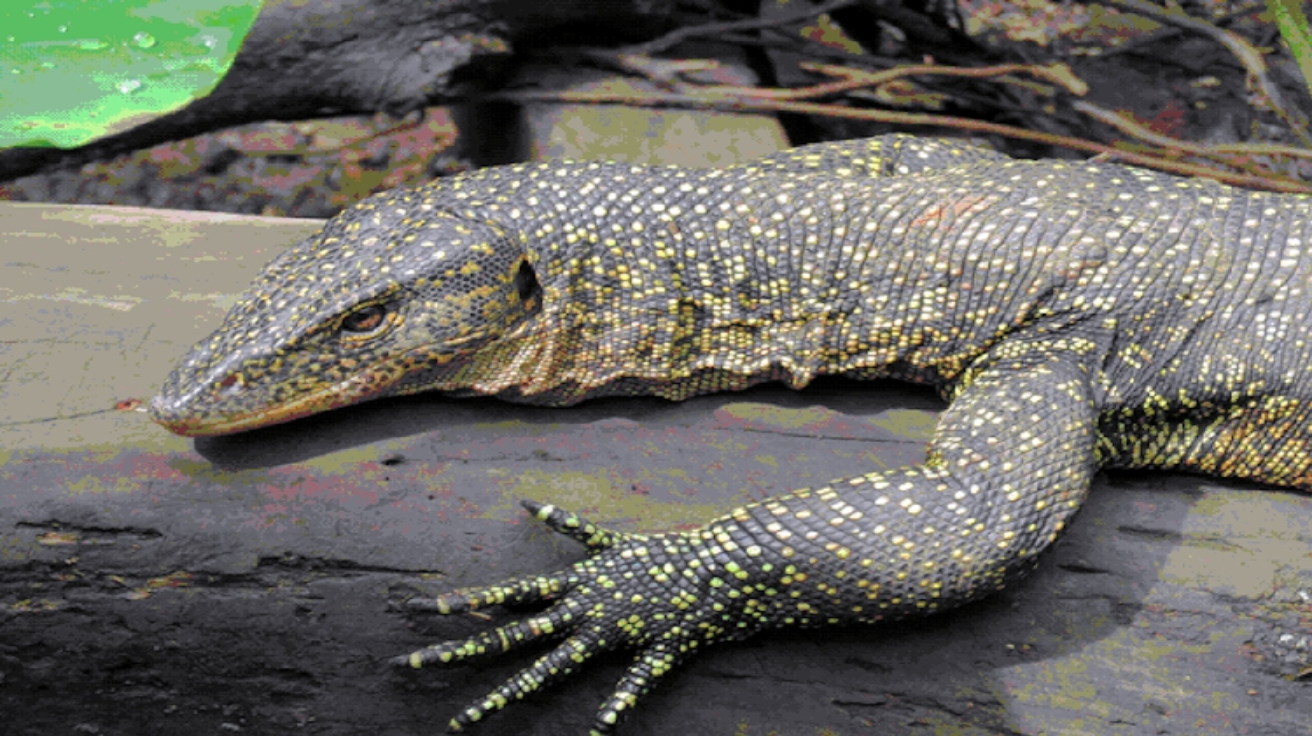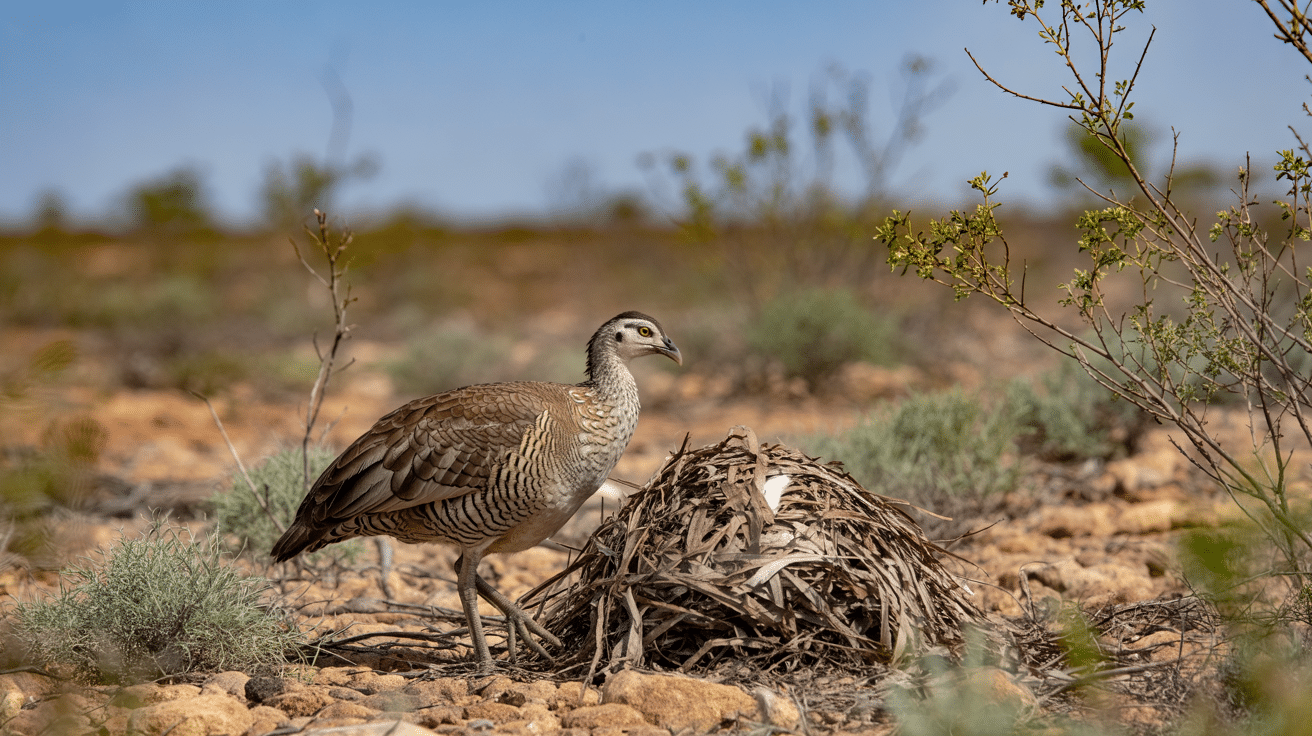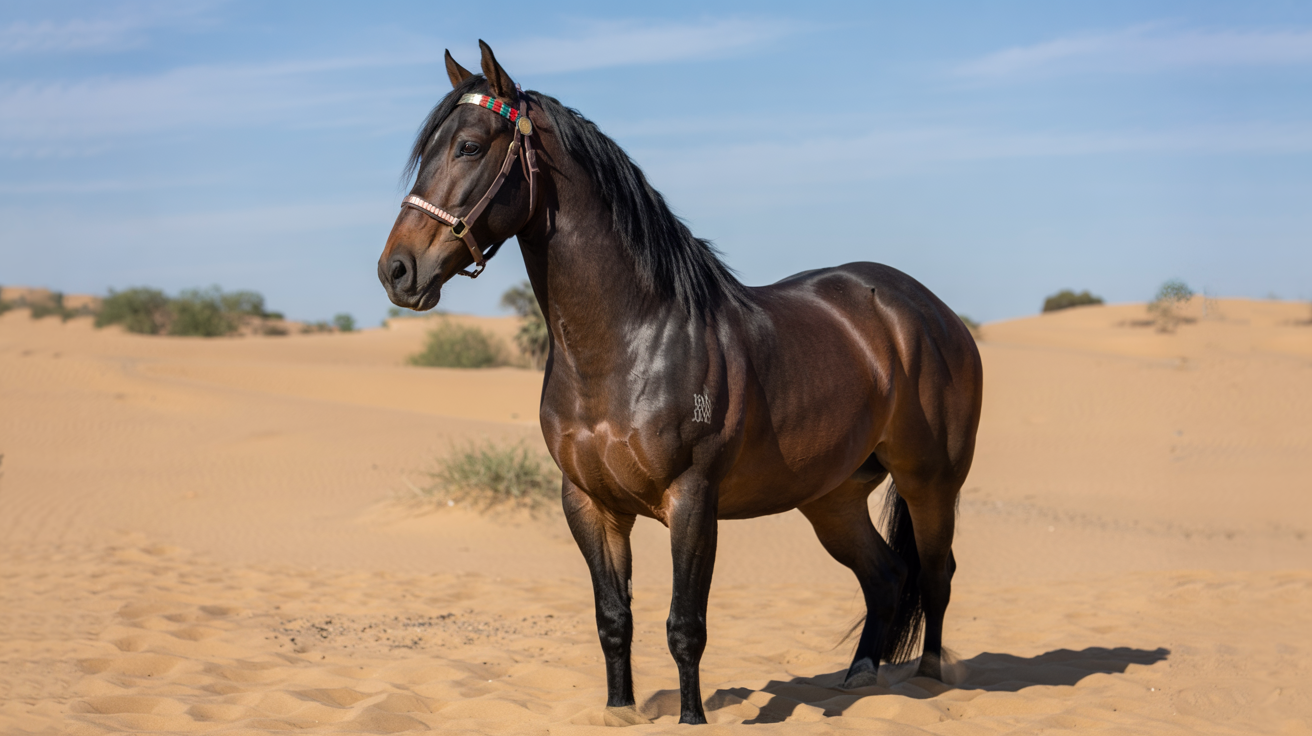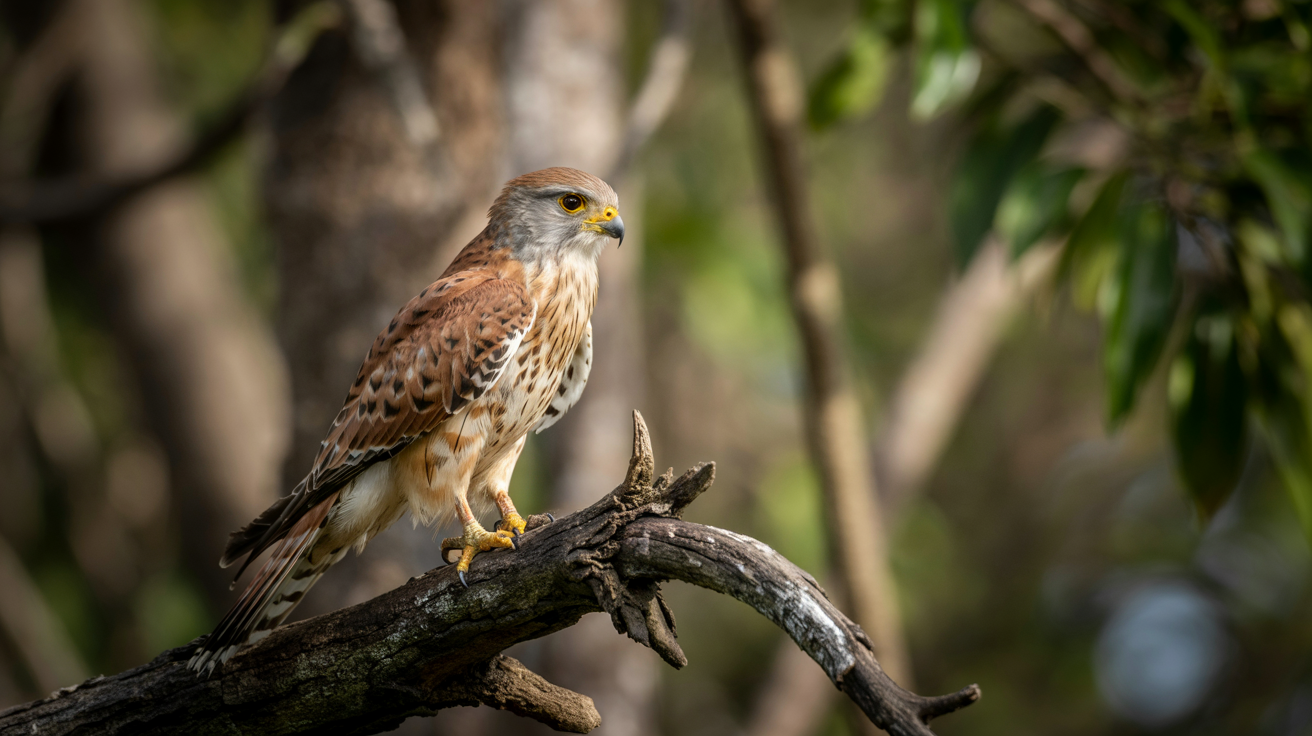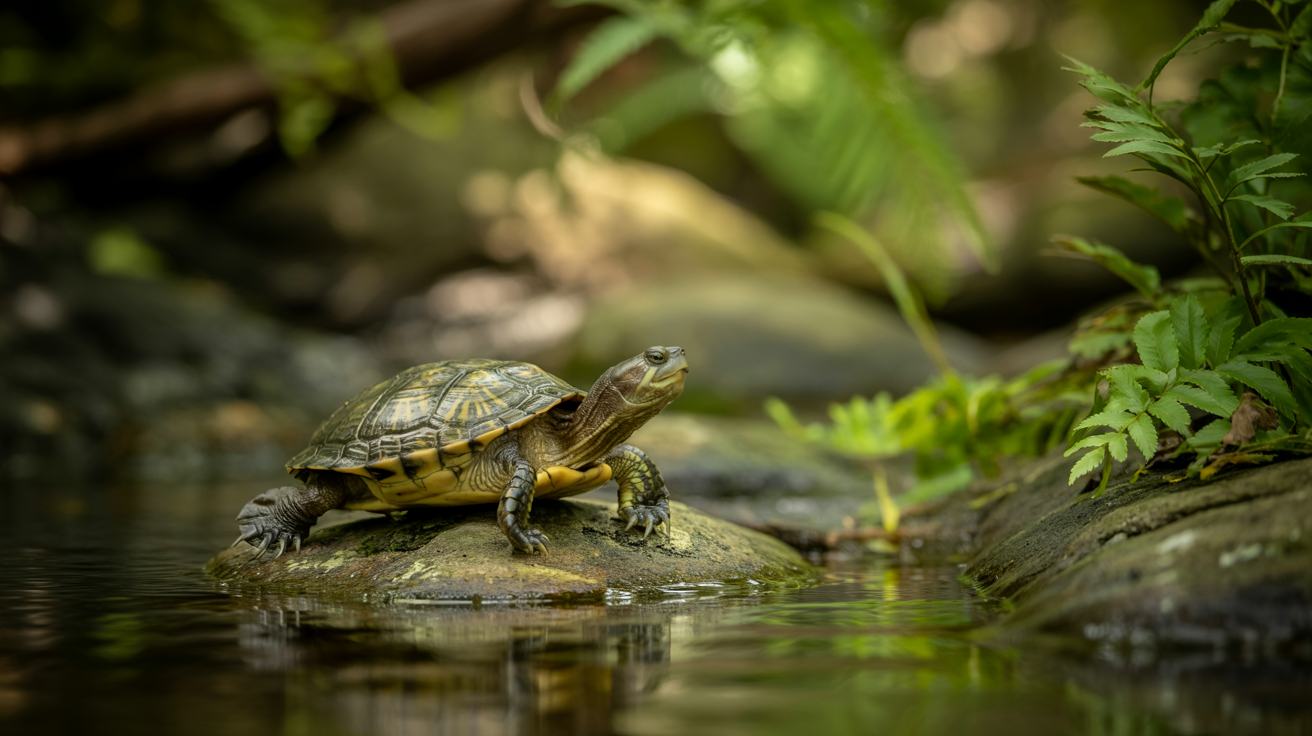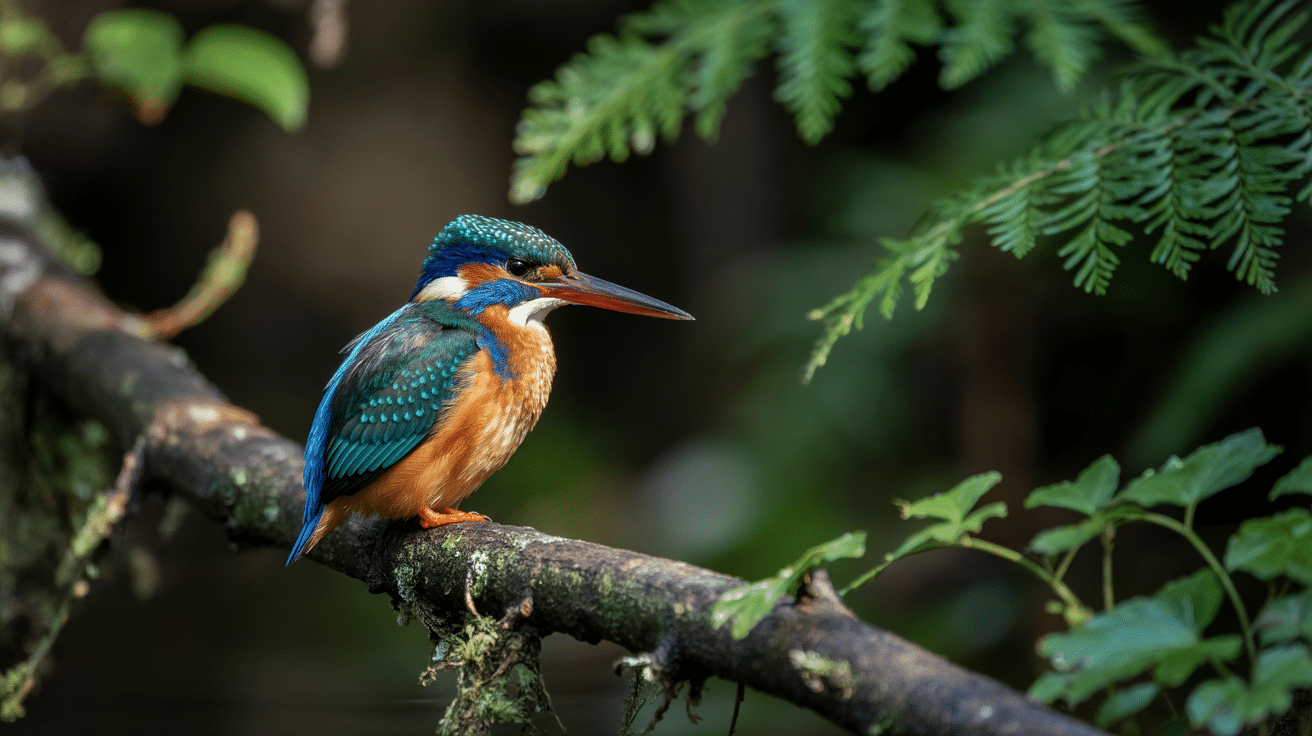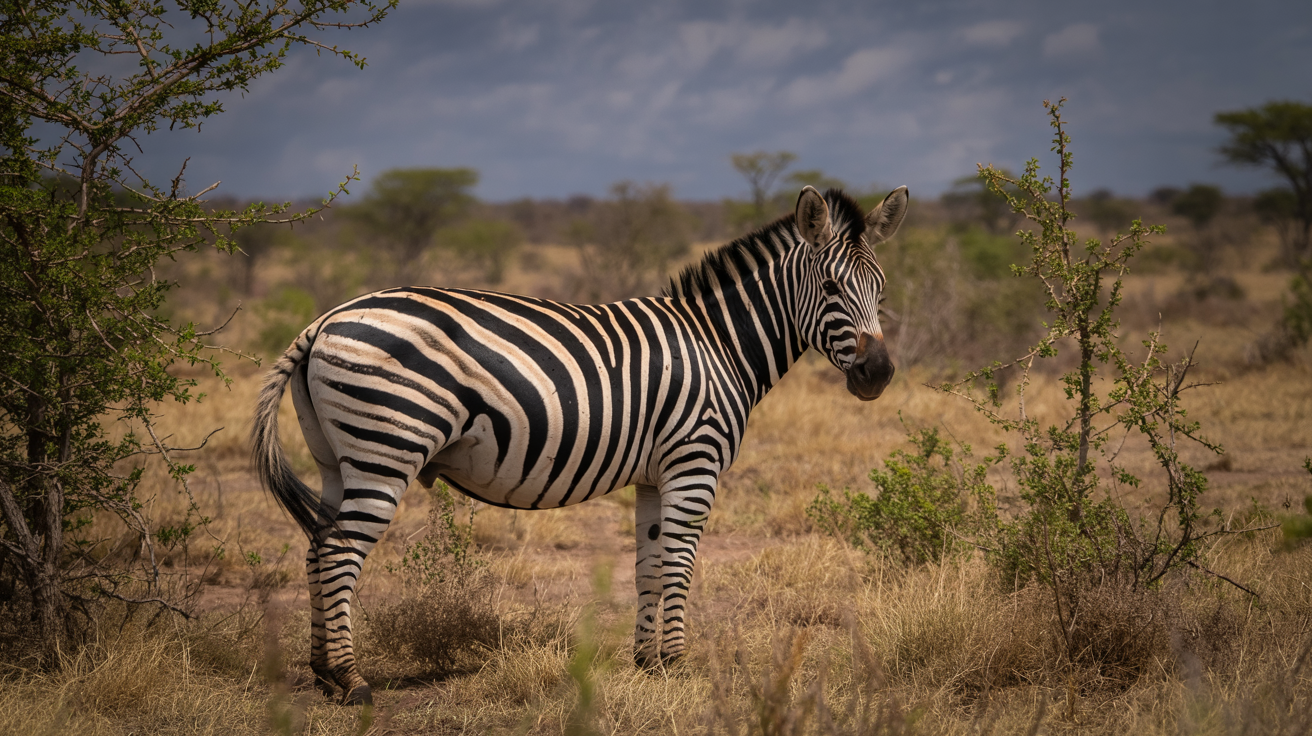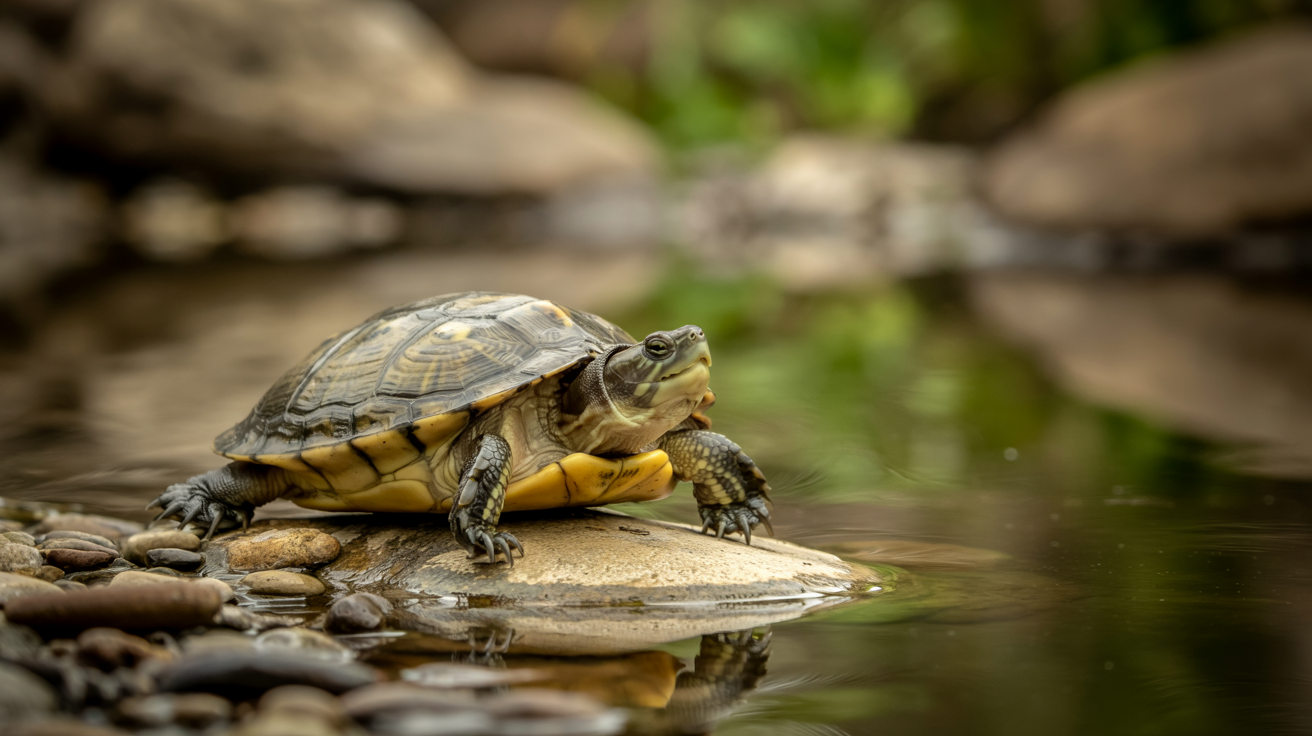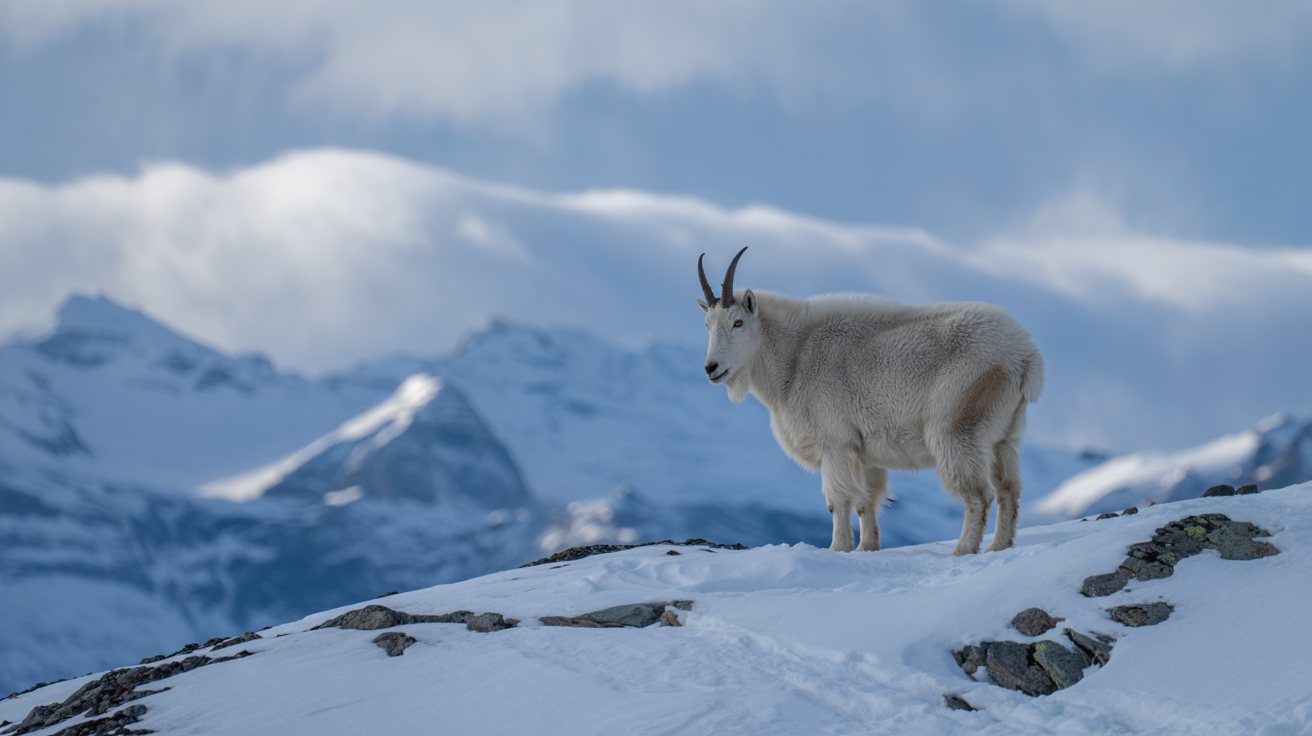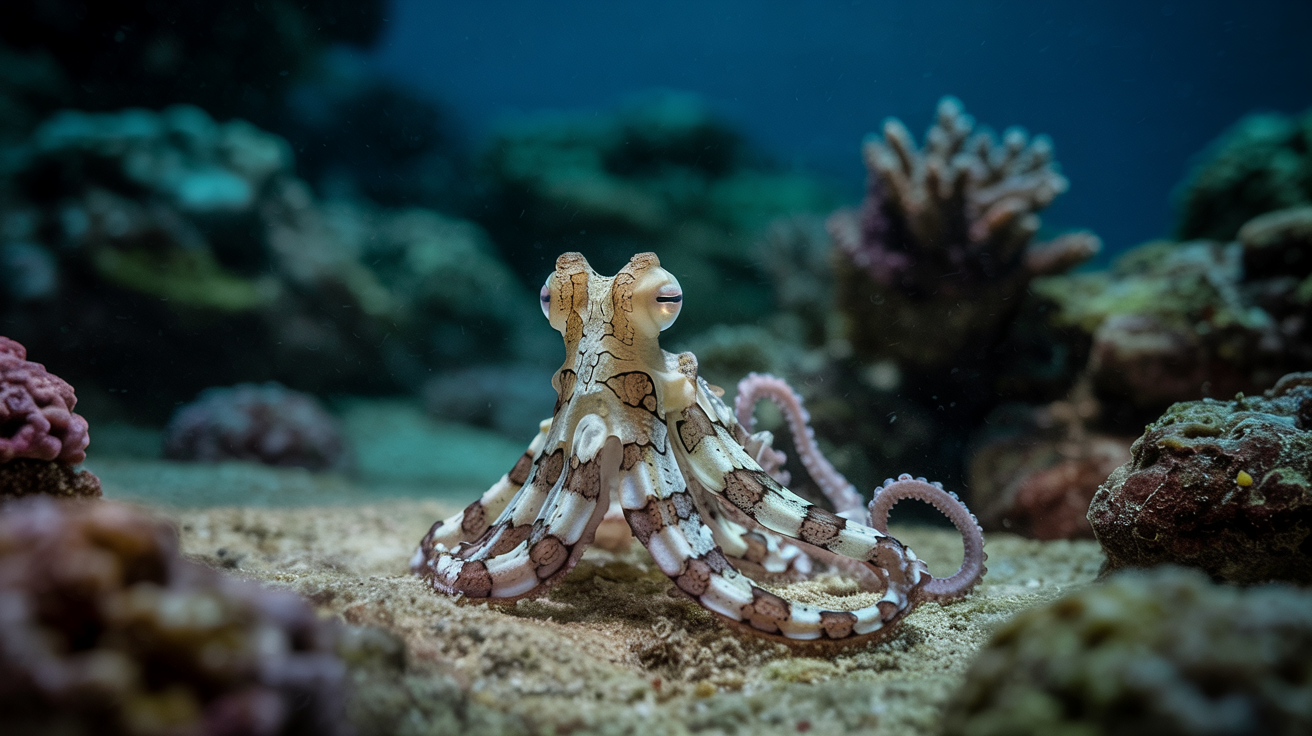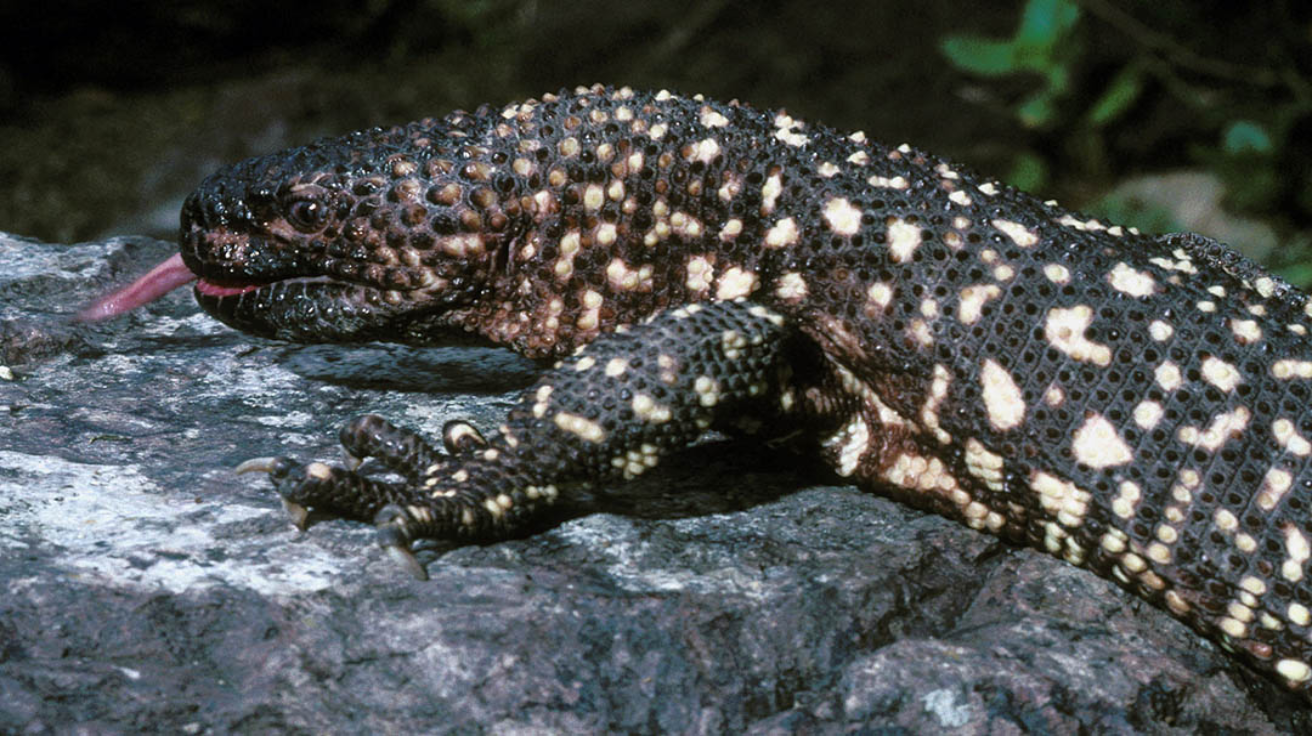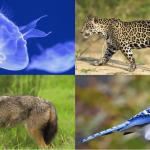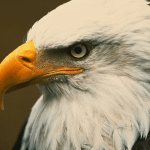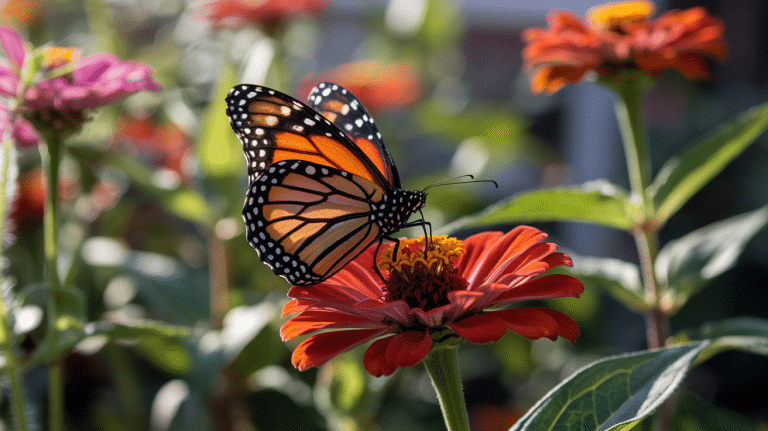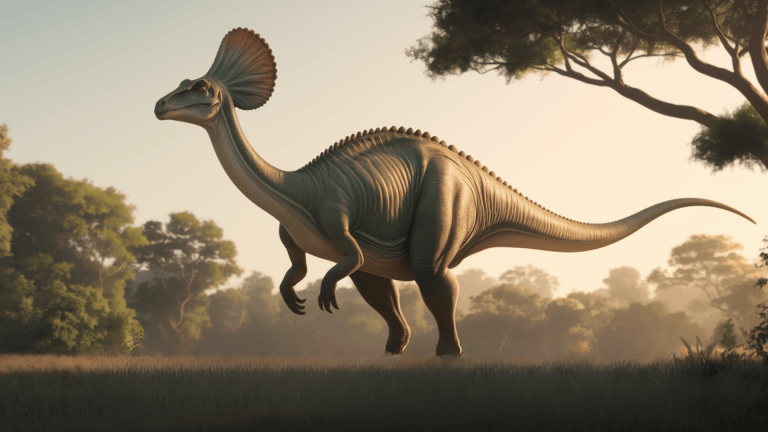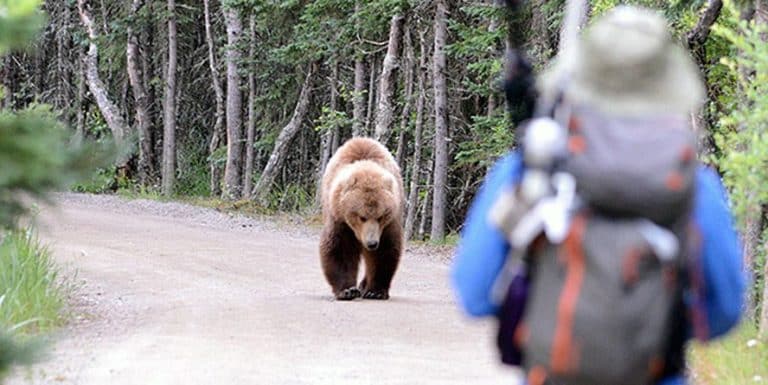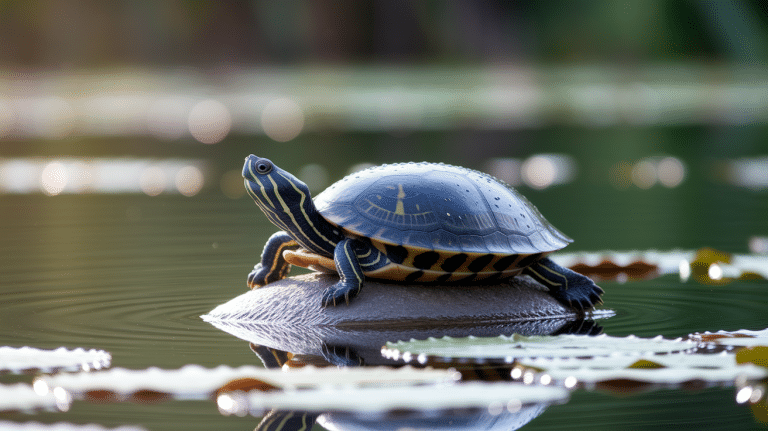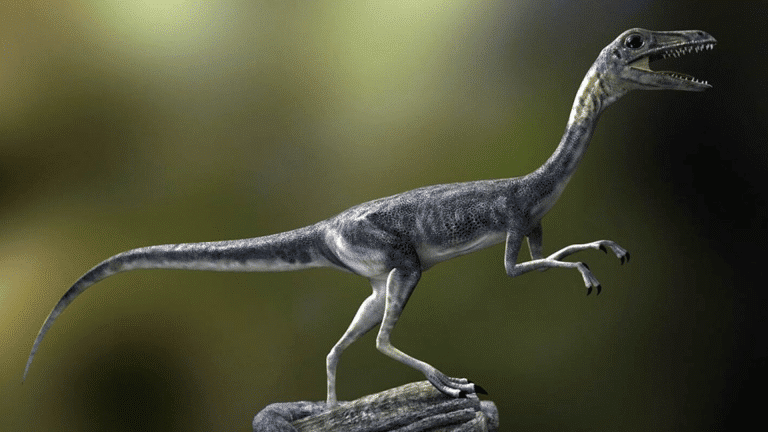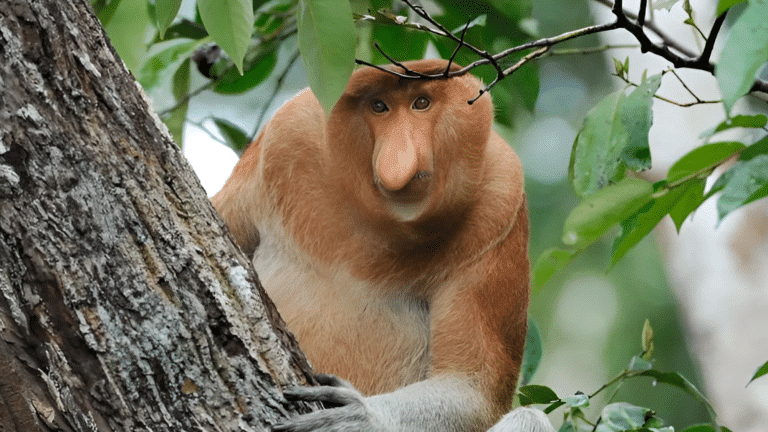Welcome to our guide about animals that start with M! This list serves as a valuable resource for students, teachers, parents, and animal enthusiasts who want to learn more about the wonderful world of wildlife.
By organizing animals alphabetically, we make it simple to find and learn about specific creatures.
This post focuses specifically on animals that start with M, showcasing the variety and uniqueness of these mammals, birds, reptiles, amphibians, fish, and invertebrates.
Join us as we examine these interesting creatures and expand your knowledge of the animal kingdom!
Why Learn Animal Names by Alphabet ‘M’?
Learning about animals that start with M offers several benefits:
- Helps children build vocabulary in a fun, engaging way
- Supports classification skills and understanding of biodiversity
- Provides a structured approach to studying the animal kingdom
- Sparks curiosity about different species and their habitats
- Makes science education more accessible and interesting
- Aids in memory development through categorization
The letter M introduces us to an array of creatures from massive mammals to minute insects, showing the incredible variety in nature’s design.
List of Popular Animals That Start With M
Let’s meet some well-known animals that begin with the letter M, each with its own special traits and habitats that make it stand out in the natural world.
1. Macaw
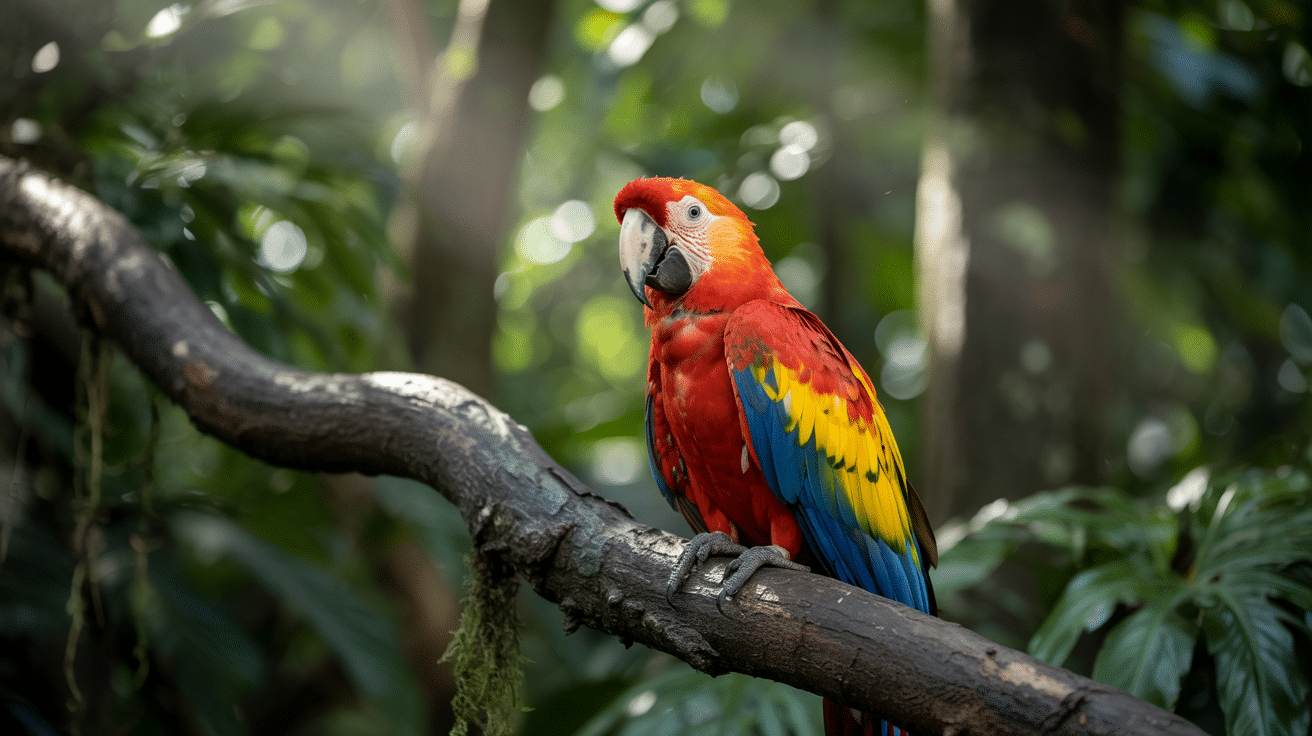
Brilliantly colored parrots known for their intelligence and loud calls, macaws thrive in warm climates and often live in groups. They can mimic human speech and display playful behavior.
| Origin | Central and South America |
|---|---|
| Habitat | Tropical rainforests |
| Scientific Name | Ara macao |
Fun Fact
Macaws use their strong beaks to crack open nuts that most animals can’t access.
2. Magpie
Magpies are black-and-white birds known for their vocal mimicry and complex social behaviors. They are highly alert and are sometimes seen collecting shiny objects out of curiosity.
| Origin | Europe, Asia, and Australia |
|---|---|
| Habitat | Woodlands, grasslands, urban areas |
| Scientific Name | Pica pica |
Fun Fact
Magpies can recognize themselves in mirrors, showing signs of self-awareness.
3. Maine Coon (Cat)
Large and gentle, Maine Coons are among the oldest natural cat breeds in North America. They have long, water-resistant fur and are known for being calm and affectionate.
| Origin | United States |
|---|---|
| Habitat | Domestic |
| Scientific Name | Felis catus |
Fun Fact
Maine Coons often chirp and trill instead of meowing like most cats.
4. Mallard Duck
Recognizable by the male’s green head, mallards are adaptable and widespread ducks. They are dabbling feeders and often seen in parks, lakes, and rivers near people.
| Origin | Northern Hemisphere |
|---|---|
| Habitat | Wetlands, ponds, lakes, rivers |
| Scientific Name | Anas platyrhynchos |
Fun Fact
Mallards are the ancestors of nearly all domestic duck breeds.
5. Manatee
These slow-moving marine mammals are also called sea cows. Manatees feed on aquatic vegetation and are gentle giants with thick skin and paddle-like flippers.
| Origin | Atlantic Ocean and Caribbean Sea |
|---|---|
| Habitat | Coastal waters, rivers, and springs |
| Scientific Name | Trichechus manatus |
Fun Fact
Manatees can eat up to 10% of their body weight in plants each day.
6. Mandrill
Mandrills are primates with vibrant facial colors and powerful limbs. They live in large groups and are known for being both shy and socially complex within the wild.
| Origin | Central Africa |
|---|---|
| Habitat | Rainforests and savannas |
| Scientific Name | Mandrillus sphinx |
Fun Fact
Mandrills have the brightest facial coloring of any mammal.
7. Manta Ray
Graceful ocean dwellers, manta rays glide through the water with wide, flat bodies. They feed on plankton and are harmless to humans, often moving alone or in small groups.
| Origin | Tropical and subtropical oceans |
|---|---|
| Habitat | Open ocean, coral reefs |
| Scientific Name | Manta birostris |
Fun Fact
Manta rays have the largest brain-to-body ratio of all fish.
8. Meerkat
Small, upright mammals known for their social structure and constant vigilance, meerkats live in colonies and use teamwork for foraging and protection.
| Origin | Southern Africa |
|---|---|
| Habitat | Arid deserts and savannas |
| Scientific Name | Suricata suricatta |
Fun Fact
Meerkats take turns standing guard to alert the group of approaching danger.
9. Mink
Minks are semi-aquatic carnivores known for their sleek fur and agile hunting in water. They’re solitary animals, often active at night or dawn.
| Origin | North America and Europe |
|---|---|
| Habitat | Riverbanks, lakes, wetlands |
| Scientific Name | Neovison vison (American mink) / Mustela lutreola (European mink) |
Fun Fact
Minks can swim underwater for several minutes to catch prey like fish and frogs.
10. Mole
Moles are expert diggers with broad front paws and poor eyesight. They build complex tunnel systems underground and feed mostly on insects and worms.
| Origin | North America, Europe, and Asia |
|---|---|
| Habitat | Grasslands, gardens, forests |
| Scientific Name | Talpa europaea (common mole) |
Fun Fact
A mole can dig up to 15 feet of tunnel in just one hour.
11. Mongoose
Mongooses are nimble, fearless hunters known for their ability to fight and kill venomous snakes. They are curious animals often seen exploring their surroundings.
| Origin | Africa and Southern Asia |
|---|---|
| Habitat | Forests, grasslands, semi-deserts |
| Scientific Name | Herpestes ichneumon (Egyptian mongoose) |
Fun Fact
Mongooses have quick reflexes and some resistance to snake venom.
12. Moose
The largest species in the deer family, moose are solitary and recognizable by their large antlers and long legs. They are powerful swimmers and often found near water.
| Origin | North America and Northern Eurasia |
|---|---|
| Habitat | Boreal forests, wetlands |
| Scientific Name | Alces alces |
Fun Fact
A moose can close its nostrils while underwater to feed on aquatic plants.
13. Moray Eel
Moray eels are elongated fish that hide in reef crevices and ambush prey with their sharp teeth. Their second set of jaws helps them grasp and swallow food.
| Origin | Warm and tropical seas worldwide |
|---|---|
| Habitat | Coral reefs, rocky seabeds |
| Scientific Name | Muraenidae family |
Fun Fact
Moray eels have a secondary jaw, called a pharyngeal jaw, that extends to pull prey in.
14. Mountain Lion (Cougar)
A large, powerful cat with a long tail, the mountain lion is silent and elusive, hunting mostly at dawn or dusk across wide territories.
| Origin | North and South America |
|---|---|
| Habitat | Mountains, forests, deserts |
| Scientific Name | Puma concolor |
Fun Fact
Mountain lions can leap over 20 feet in a single bound when chasing prey.
15. Moth
Moths are nocturnal insects related to butterflies, often drawn to light and recognized for their scaled wings and importance in ecosystems as pollinators and food sources.
| Origin | Worldwide |
|---|---|
| Habitat | Forests, meadows, urban areas |
| Scientific Name | Varies by species; e.g., Actias luna |
Fun Fact
Some moths can detect pheromones from several miles away.
16. Mudskipper
This amphibious fish can live both in water and on land. It uses its pectoral fins to “walk” on mud and can breathe through its skin and mouth lining.
| Origin | Indo-Pacific region |
|---|---|
| Habitat | Mangrove swamps, tidal flats |
| Scientific Name | Periophthalmus genus |
Fun Fact
Mudskippers can blink, which is rare among fish.
17. Mule
A hybrid between a male donkey and a female horse, the mule inherits strength and stamina, making it reliable for carrying loads in rugged terrain.
| Origin | Domesticated worldwide |
|---|---|
| Habitat | Mountains, farms, deserts |
| Scientific Name | Equus mulus |
Fun Fact
Mules rarely reproduce and are almost always sterile due to their mixed heritage.
18. Musk Ox
With a thick coat and strong build, the musk ox endures freezing temperatures and forms protective circles to guard against predators.
| Origin | Arctic regions of North America and Greenland |
|---|---|
| Habitat | Tundra and cold grasslands |
| Scientific Name | Ovibos moschatus |
Fun Fact
Musk oxen release a strong scent from glands to attract mates.
19. Muskrat
Muskrats are aquatic rodents known for their dense fur and ability to build dome-shaped lodges in wetlands using plants and mud.
| Origin | North America |
|---|---|
| Habitat | Marshes, ponds, slow-moving rivers |
| Scientific Name | Ondatra zibethicus |
Fun Fact
Muskrats can stay underwater for up to 15 minutes.
20. Mexican Redknee Tarantula
This tarantula is easily recognized by its black body with red-orange leg joints and is a slow-moving spider often kept as a pet.
| Origin | Mexico |
|---|---|
| Habitat | Scrubland, dry forests |
| Scientific Name | Brachypelma smithi |
Fun Fact
Mexican redknee tarantulas flick tiny hairs to defend themselves from threats.
21. Malayan Tapir
The Malayan tapir has a distinct black and white coloring and a flexible snout. It is the largest of all tapir species and primarily active at night.
| Origin | Southeast Asia |
|---|---|
| Habitat | Rainforests, swamps, lowlands |
| Scientific Name | Tapirus indicus |
Fun Fact
Despite their size, Malayan tapirs are excellent swimmers and often escape threats by diving into water.
22. Marmoset
These tiny monkeys have claw-like nails and live in close-knit groups. Marmosets communicate using high-pitched calls and are highly social.
| Origin | South America |
|---|---|
| Habitat | Tropical forests, tree canopies |
| Scientific Name | Callithrix genus |
Fun Fact
Some marmoset species can give birth to twins multiple times per year.
23. Marlin
Known for their elongated bodies and spear-like snouts, marlins are among the fastest fish in the ocean and are prized in sport fishing.
| Origin | Atlantic and Indo-Pacific Oceans |
|---|---|
| Habitat | Open ocean |
| Scientific Name | Makaira genus |
Fun Fact
Marlins can swim at speeds of up to 50 miles per hour.
24. Milk Snake
A non-venomous snake with bands of red, black, and yellow or white, the milk snake mimics the coloration of venomous coral snakes.
| Origin | North and Central America |
|---|---|
| Habitat | Forests, fields, rocky areas |
| Scientific Name | Lampropeltis triangulum |
Fun Fact
The milk snake got its name from the false belief that it drank milk from cows.
25. Marbled Salamander
This small amphibian is named for its black body with white or gray banding and is mostly active during wet conditions.
| Origin | United States |
|---|---|
| Habitat | Damp woodlands, forest floors |
| Scientific Name | Ambystoma opacum |
Fun Fact
Marbled salamanders breed in dry pools that later fill with rain, giving their larvae an early start.
26. Malayan Tiger
A critically endangered subspecies, the Malayan tiger has a sleek coat with narrow stripes and plays a key role in forest ecosystems.
| Origin | Peninsular Malaysia |
|---|---|
| Habitat | Tropical and subtropical forests |
| Scientific Name | Panthera tigris jacksoni |
Fun Fact
There are estimated to be fewer than 150 Malayan tigers left in the wild.
27. Marten
A small carnivore with a slender body and bushy tail, the marten is agile and primarily hunts small mammals in forests.
| Origin | Europe, Asia, North America |
|---|---|
| Habitat | Forests, woodlands |
| Scientific Name | Martes genus |
Fun Fact
Martens are known for their exceptional climbing abilities and often nest in tree hollows.
28. Masked Owl
This owl is known for its heart-shaped face and striking black and white plumage, mostly found in forests and wooded areas.
| Origin | Australia, Southeast Asia |
|---|---|
| Habitat | Woodlands, forests |
| Scientific Name | Tyto novaehollandiae |
Fun Fact
Masked owls are skilled at silently gliding through dense forests to catch their prey.
29. Mountain Gorilla
Mountain gorillas are critically endangered and live in the high-altitude forests of central Africa, known for their social and peaceful behavior.
| Origin | Central Africa |
|---|---|
| Habitat | Cloud forests, mountain slopes |
| Scientific Name | Gorilla beringei beringei |
Fun Fact
Mountain gorillas live in tight-knit family groups led by a dominant silverback male.
30. Marabou Stork
A large, scavenging bird with a bare head and neck, the marabou stork is found in Africa and is often associated with urban waste areas.
| Origin | Sub-Saharan Africa |
|---|---|
| Habitat | Savannas, wetlands, garbage dumps |
| Scientific Name | Leptoptilos crumenifer |
Fun Fact
Marabou storks are known for their large, balloon-like throat pouch, which is used for communication.
31. Mediterranean Monk Seal
A rare and endangered marine mammal, the Mediterranean monk seal is found in caves along the coasts of the Mediterranean and nearby regions.
| Origin | Mediterranean Sea, Aegean Sea |
|---|---|
| Habitat | Coastal caves, beaches |
| Scientific Name | Monachus monachus |
Fun Fact
Mediterranean monk seals are known for their playful behavior, often interacting with divers and fishermen.
32. Moorhen
A small waterbird with a distinctive red beak and a black body, the moorhen is commonly found in ponds, lakes, and wetlands.
| Origin | Europe, Asia, Africa |
|---|---|
| Habitat | Freshwater lakes, wetlands |
| Scientific Name | Gallinula chloropus |
Fun Fact
Moorhens are excellent swimmers and can often be seen diving underwater to avoid predators.
33. Mexican Axolotl
Famous for its regenerative abilities, the Mexican axolotl is an aquatic salamander that remains in its larval stage throughout its life.
| Origin | Central Mexico |
|---|---|
| Habitat | Lakes, canals |
| Scientific Name | Ambystoma mexicanum |
Fun Fact
Axolotls can regenerate lost limbs, parts of their heart, and even parts of their brain.
Here are animals 34 to 40 in your specified format:
34. Matschie’s Tree Kangaroo
A rare species of kangaroo that lives in the trees of Papua New Guinea, Matschie’s tree kangaroo is adapted to an arboreal lifestyle with strong limbs and a long tail.
| Origin | Papua New Guinea |
|---|---|
| Habitat | Tropical rainforests, trees |
| Scientific Name | Dendrolagus matschiei |
Fun Fact
Matschie’s tree kangaroo is an excellent climber and can leap from tree to tree in search of food.
35. Miniature Schnauzer (Dog)
A small but strong and active dog breed, the Miniature Schnauzer is known for its distinctive beard and eyebrows, making it a popular companion breed worldwide.
| Origin | Germany |
|---|---|
| Habitat | Homes, urban and suburban areas |
| Scientific Name | Canis lupus familiaris |
Fun Fact
Miniature Schnauzers are intelligent, social dogs that enjoy being part of family activities.
36. Mexican Wolf
A subspecies of the gray wolf, the Mexican wolf is one of the most endangered carnivores in North America, found in the mountains of Mexico and the southwestern United States.
| Origin | Mexico, United States |
|---|---|
| Habitat | Forests, mountainous regions |
| Scientific Name | Canis lupus baileyi |
Fun Fact
Mexican wolves have an essential role in controlling prey populations in their ecosystem.
37. Mandarin Fish
Known for its vibrant blue and orange colors, the Mandarin fish is a small, brightly colored fish found in the Indo-Pacific, often hiding in coral reefs.
| Origin | Indo-Pacific, Southeast Asia |
|---|---|
| Habitat | Coral reefs, shallow lagoons |
| Scientific Name | Synchiropus splendidus |
Fun Fact
Mandarin fish secrete mucus that helps protect them from parasites and other threats in their habitat.
38. Maned Wolf
The maned wolf is native to South America and is recognized for its long legs and reddish-orange fur. It is the largest canid species in South America.
| Origin | South America |
|---|---|
| Habitat | Grasslands, savannas, wetlands |
| Scientific Name | Chrysocyon brachyurus |
Fun Fact
The maned wolf has a distinctive odor, which has been described as similar to cannabis.
39. Mangrove Monitor (Lizard)
A large, arboreal lizard found in mangrove forests of northern Australia and New Guinea, the Mangrove Monitor is known for its sharp claws and long tail.
| Origin | Northern Australia, New Guinea |
|---|---|
| Habitat | Mangrove forests, coastal areas |
| Scientific Name | Varanus indicus |
Fun Fact
Mangrove monitors are excellent swimmers and often dive underwater to catch prey.
40. Mallee Fowl
A ground-dwelling bird found in the Australian outback, the Mallee Fowl is known for its large nests, which it constructs by digging large mounds of sand and leaves.
| Origin | Australia |
|---|---|
| Habitat | Arid regions, woodlands, grasslands |
| Scientific Name | Leipoa ocellata |
Fun Fact
Mallee Fowl incubate their eggs by using the heat from decomposing vegetation in their mounds.
41. Marwari Horse
The Marwari horse is a rare breed from India, known for its inward-turning ear tips and high endurance, traditionally used in battle and ceremonial processions.
| Origin | India |
|---|---|
| Habitat | Grasslands, rural stables |
| Scientific Name | Equus ferus caballus |
Fun Fact
The Marwari horse can rotate its ears 180 degrees independently, giving it excellent awareness of its surroundings.
42. Mauritius Kestrel
Once considered the rarest bird of prey in the world, the Mauritius kestrel is a small falcon species that has made a remarkable comeback through conservation.
| Origin | Mauritius |
|---|---|
| Habitat | Forests, cliffs, and valleys |
| Scientific Name | Falco punctatus |
Fun Fact
Mauritius kestrel populations rebounded from only four known individuals in 1974 to over 300 today.
43. Mud Turtle
A small freshwater turtle with a domed shell and leathery skin, mud turtles are commonly found in slow-moving or still water bodies in the Americas.
| Origin | North and South America |
|---|---|
| Habitat | Ponds, marshes, wetlands |
| Scientific Name | Kinosternon spp. |
Fun Fact
Mud turtles can live in both water and on land, and they hibernate in mud during cold seasons.
44. Malachite Kingfisher
A brightly colored bird with shimmering blue-green feathers and an orange belly, the Malachite kingfisher is often seen perched near rivers and lakes.
| Origin | Sub-Saharan Africa |
|---|---|
| Habitat | Rivers, lakes, wetlands |
| Scientific Name | Corythornis cristatus |
Fun Fact
Despite its dazzling colors, the Malachite kingfisher is very small, often mistaken for a flying jewel.
45. Mountain Zebra
This striped herbivore from southern Africa is smaller and more stocky than its plains relative and has a unique grid-like pattern on its rump.
| Origin | Southern Africa |
|---|---|
| Habitat | Mountains, dry grasslands |
| Scientific Name | Equus zebra |
Fun Fact
Mountain zebras have a dewlap — a flap of skin under their necks — not seen in other zebra species.
46. Musk Turtle
A small, hardy turtle that emits a musky odor when threatened, the musk turtle is commonly found in the slow-moving waters of eastern North America.
| Origin | North America |
|---|---|
| Habitat | Rivers, swamps, and ponds |
| Scientific Name | Sternotherus odoratus |
Fun Fact
Also called “stinkpots,” musk turtles can climb submerged logs and trees despite their aquatic nature.
47. Mountain Goat
Adapted to high altitudes and steep terrain, mountain goats have strong hooves and thick coats to survive harsh alpine climates in North America.
| Origin | North America |
|---|---|
| Habitat | Mountain cliffs, alpine meadows |
| Scientific Name | Oreamnos americanus |
Fun Fact
Mountain goats can scale near-vertical cliffs with ease, often climbing over 1,500 feet in just 20 minutes.
48. Mimic Octopus
This intelligent cephalopod can imitate the appearance and movements of other marine animals such as lionfish, sea snakes, and flatfish to avoid predators.
| Origin | Indo-Pacific Ocean |
|---|---|
| Habitat | Sandy seafloors, shallow coasts |
| Scientific Name | Thaumoctopus mimicus |
Fun Fact
The mimic octopus chooses its imitation based on the predator it encounters, a rare behavior in animals.
49. Mexican Beaded Lizard
A venomous lizard with bead-like scales, the Mexican beaded lizard is slow-moving but dangerous, with a powerful bite used to subdue small prey.
| Origin | Mexico and Central America |
|---|---|
| Habitat | Scrublands, forests, deserts |
| Scientific Name | Heloderma horridum |
Fun Fact
Its venom is being studied for use in diabetes medications due to its blood sugar-lowering effects.
50. Malay Civet
A solitary, nocturnal mammal with a long tail and ringed patterns, the Malay civet is a carnivore that helps control rodent populations in Southeast Asia.
| Origin | Southeast Asia |
|---|---|
| Habitat | Tropical rainforests, plantations |
| Scientific Name | Viverra tangalunga |
Fun Fact
Unlike most civets, the Malay civet often avoids human settlements and sticks to deep forests.
Lesser-Known Animals Starting with “M”
While many are familiar with moose and monkeys, the natural world houses numerous lesser-spotted creatures beginning with M that merit attention for their unique adaptations and roles in their native habitats.
-
Madagascar Hissing Cockroach
-
Madagascar Lovebird
-
Madagascar Tree Boa
-
Magellanic Penguin
-
Magellanic Woodpecker
-
Magpie Goose
-
Mahogany Glider
-
Malaysian Black Tapir
-
Malaysian Giant Turtle
-
Malaysian Horned Frog
-
Malaysian Shield Toad
-
Malabar Civet
-
Malabar Flying Frog
-
Malabar Gliding Frog
-
Malayan Banded Coral Snake
-
Malayan Box Turtle
-
Malayan Civet
-
Malayan Gharial
-
Malayan Krait
-
Malayan Peacock Pheasant
-
Malayan Porcupine
-
Malayan Softshell Turtle
-
Malayan Sun Bear
-
Malayopython reticulatus (Reticulated Python)
-
Mallorcan Midwife Toad
-
Malmignatte Spider
-
Malta Freshwater Crab
-
Manchurian Hare
-
Manchurian Leopard Cat
-
Manchurian Mole
-
Maned Rat
-
Mang Mountain Pit Viper
-
Mangrove Cuckoo
-
Mangrove Diamondback Terrapin
-
Mangrove Snake
-
Mangshan Pit Viper
-
Manitoba Toad
-
Manila Clam
-
Manila Thrush
-
Manipur Bush Quail
-
Mantella Frog
-
Mantled Howler Monkey
-
Mantis Shrimp
-
Many-banded Krait
-
Many-colored Chaco Finch
-
Many-spotted Catshark
-
Many-spotted Skipper Butterfly
-
Marabou Spider
-
Marbled Cat
-
Marbled Crayfish
-
Marbled Electric Ray
-
Marbled Frogmouth
-
Marbled Gecko
-
Marbled Godwit
-
Marbled Hatchetfish
-
Marbled Polecat
-
Marbled Sand Frog
-
Marbled Teal
-
Marbled Whipray
-
Margaritifera margaritifera (Freshwater Pearl Mussel)
-
Margay
-
Maria’s Birdwing Butterfly
-
Maribou Spider
-
Marico Flycatcher
-
Mariana Crow
-
Mariana Fruit Bat
-
Mariana Mallard
-
Mariana Swiftlet
-
Marian’s Skipper Butterfly
-
Marine Iguana
-
Marine Toad
-
Marion Flightless Moth
-
Marion Island Fur Seal
-
Maroon Clownfish
-
Maroon Leaf Monkey
-
Maroon-bellied Parakeet
-
Maroon-tailed Parakeet
-
Marsh Deer
-
Marsh Frog
-
Marsh Harrier
-
Marsh Owl
-
Marsh Sandpiper
-
Marsh Skipper Butterfly
-
Marsh Tapaculo
-
Marsican Brown Bear
-
Marsupial Mole
-
Marshall Eagle
-
Martenitsa Spider
-
Martinique Anole
-
Martinique Curlytail Lizard
-
Martinique Giant Ameiva
-
Martinique Racer
-
Mary River Turtle
-
Masked Angelfish
-
Masked Booby
-
Masked Frog
-
Masked Lapwing
-
Masked Palm Civet
-
Masked Shrike
-
Maskray
-
Massasauga Rattlesnake
-
Masterwort Beetle
-
Matamata Turtle
-
Mata Mata Treefrog
-
Matamoro Skipper Butterfly
-
Maternal Mouthbrooder Cichlid
-
Mauritius Blue Pigeon
-
Mauritius Cardinal
-
Mauritius Fody
-
Mauritius Fruit Bat
-
Mauritius Olive White-eye
-
Mauritius Pink Pigeon
-
Mauritius Red Fody
-
Mauritius Skink
-
Mauritian Flying Fox
-
Mauritian Gecko
-
Mauritian Kestrel
-
Mauritian Shelduck
-
Mauritian Skink
-
Mauritian Tomb Bat
-
Mauve Stinger Jellyfish
-
Maxima Clam
-
May Beetle
-
Mayan Cichlid
-
Mayfly
-
Mayotte Chameleon
-
Mayotte Drongo
-
Mayotte Island Day Gecko
-
Mayotte White-eye
-
Meadow Jumping Mouse
-
Meadow Lark
-
Meadow Pipit
-
Meadow Vole
-
Mealy Amazon Parrot
-
Mealybug Destroyer (Ladybird Beetle)
-
Meandering Cowry
-
Meat Ant
-
Mediterranean Gull
-
Mediterranean Moray
-
Mediterranean Seahorse
-
Mediterranean Spur-thighed Tortoise
-
Mediterranean Starfish
-
Mediterranean Tree Frog
-
Mediterranean Water Shrew
-
Meerkat Beetle
-
Mekong Catfish
-
Mekong Giant Catfish
-
Mekong River Dolphin
-
Melancholy Thistle Butterfly
-
Melanistic Jaguar
-
Melanistic Leopard
-
Melanistic Serval
-
Melba Finch
-
Melon-headed Whale
-
Melville Island Bandicoot
-
Menarambo Cichlid
-
Menippe Crab
-
Menorcan Horse
-
Menorcan Wall Lizard
-
Menura (Lyrebird)
-
Mercury Frog
-
Merida Andes Frog
-
Merida Tree Frog
-
Merino Sheep
-
Merry Widow Butterfly
-
Mescalero Apache Frog
-
Meshweb Weaver Spider
-
Mesopotamian Spiny-tailed Lizard
-
Messmate Pipefish
-
Metanephrops australiensis (Australian Lobster)
-
Mexican Alligator Lizard
-
Mexican Axolotl
-
Mexican Burrowing Toad
-
Mexican Duck
-
Mexican Gray Squirrel
-
Mexican Hairless Dog (Xoloitzcuintli)
-
Mexican Jay
-
Mexican Mole Lizard
-
Mexican Mud Turtle
-
Mexican Redleg Tarantula
-
Mexican Salamander
-
Mexican Shrew
-
Mexican White-tailed Deer
-
Microbat
-
Microcebus (Mouse Lemur)
-
Microdon Hoverfly
-
Micronecta scholtzi (Water Boatman)
-
Microseris Butterfly
-
Micrurus (Coral Snake genus)
-
Middle Spotted Woodpecker
-
Midland Brown Snake
-
Midland Painted Turtle
-
Midwife Toad
-
Miombo Rock Thrush
-
Miombo Wren-Warbler
-
Mississippi Green Water Snake
-
Mississippi Kite
-
Mississippi Map Turtle
-
Mississippi Sandhill Crane
-
Missouri Tarantula
-
Mitred Parakeet
-
Mockingbird
-
Mock Viper
-
Mocker Swallowtail Butterfly
-
Modest Anole
-
Mohave Rattlesnake
-
Moheli Scops Owl
-
Moho (Hawaiian bird)
-
Mojave Fringe-toed Lizard
-
Mojave Green Rattlesnake
-
Mojave Rattlesnake
-
Mole Crab
-
Mole Salamander
-
Mole Snake
-
Mole Cricket
-
Molokai Flightless Moth
-
Molokai Tree Snail
-
Molossus Bat
-
Mongolian Gerbil
-
Mongolian Horse
-
Mongolian Lark
-
Mongolian Racerunner (Lizard)
-
Mongolian Wolf
-
Monito del Monte
-
Monk Parakeet
-
Monk Seal
-
Monocled Cobra
-
Monocled Monitor (Lizard)
-
Montane Shaggy Bat
-
Mountain Reedbuck
These lesser-known M-animals illustrate how much remains to be learned about our planet’s wildlife, with each species contributing to the rich tapestry of life in ways we’re still coming to understand.
What are the Educational Uses of this List?
This compilation of animal names for kids has numerous applications in educational settings:
For Teachers:
- Create scavenger hunts where students identify M-animals
- Design vocabulary exercises focused on animal characteristics
- Develop biology lessons about habitats using specific M-animals as examples
For Parents:
- Play alphabet animal games during car rides or waiting times
- Create flashcards with animal names and facts
- Encourage drawing and coloring activities featuring M-animals
For Homeschoolers:
- Build comprehensive science units around animal classifications
- Create projects comparing different M-animals across ecosystems
- Use as prompts for research and writing assignments
These activities support learning animals by alphabet in an organized, methodical way that builds knowledge systematically.
Conclusion
The animal kingdom offers an incredible array of creatures whose names begin with M, from the mighty moose to the minute millipede.
Each animal plays a vital role in its ecosystem and has adapted in unique ways to survive. We hope this guide has increased your knowledge about animals that start with M and sparked an interest in learning more.
Want to keep exploring the animal kingdom? Check out our other guides:
- Animals That Start With N
- Animals That Start With G
- Animals That Start With H
- Animals That Start With U
Which “M” animal is your favorite? Let us know in the comments below!

